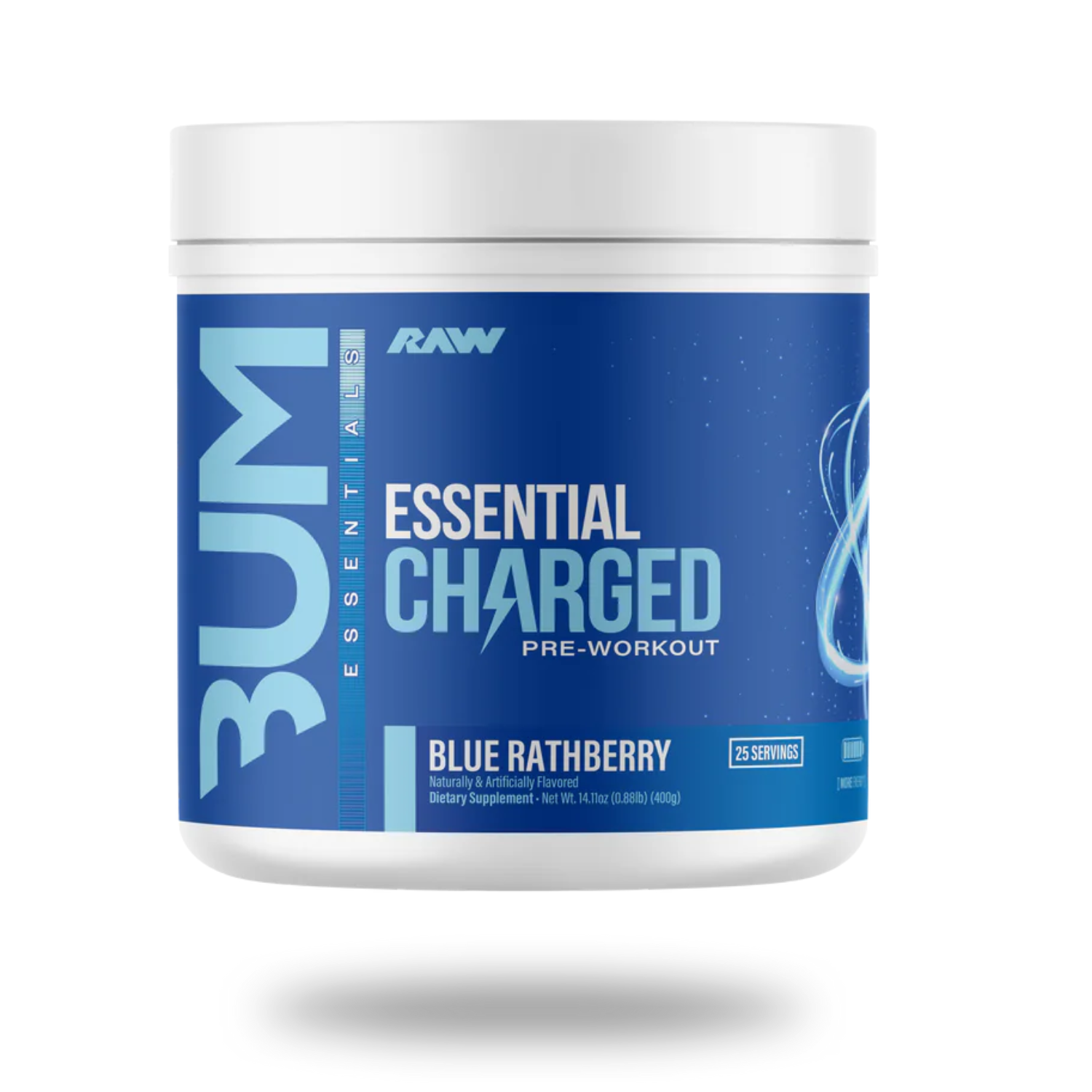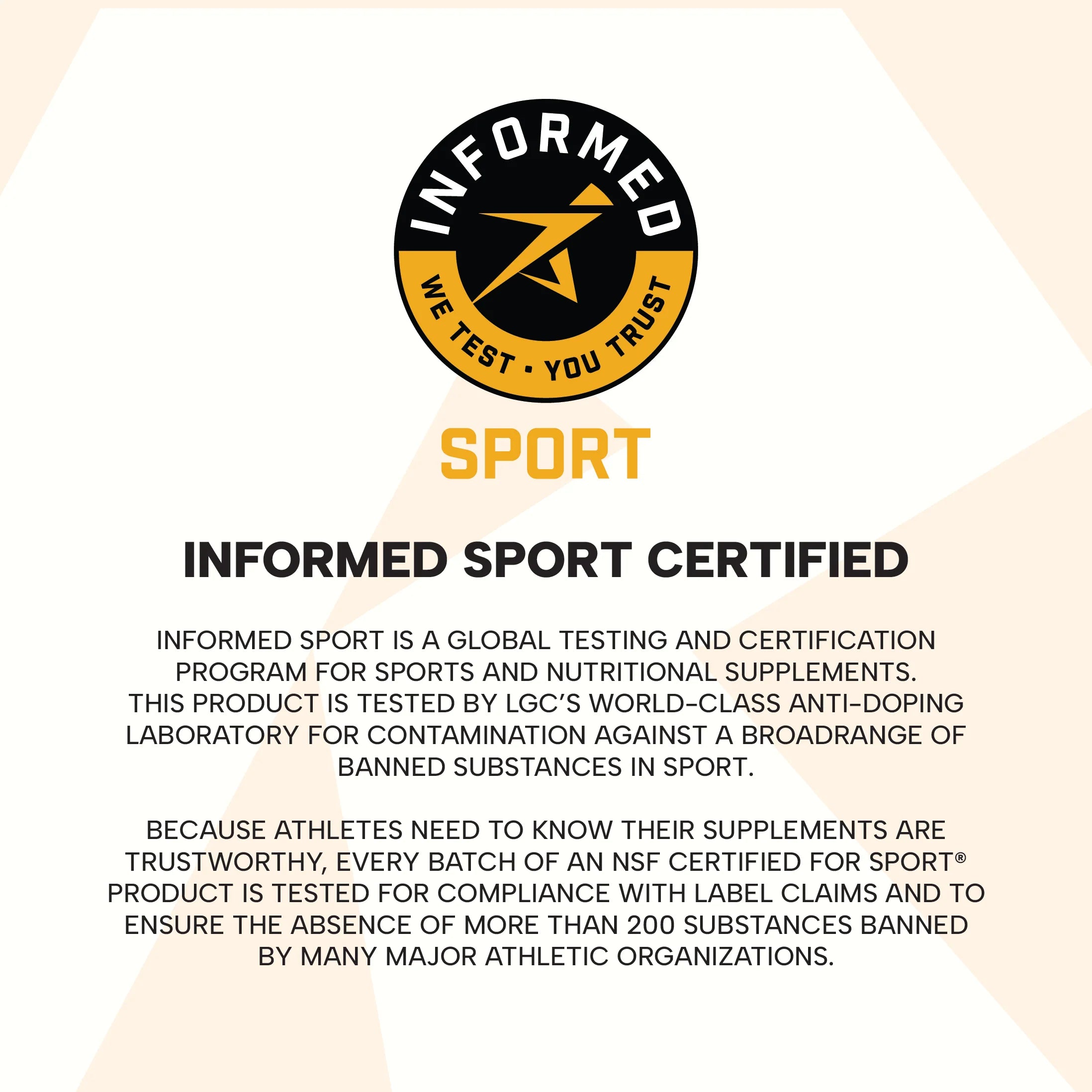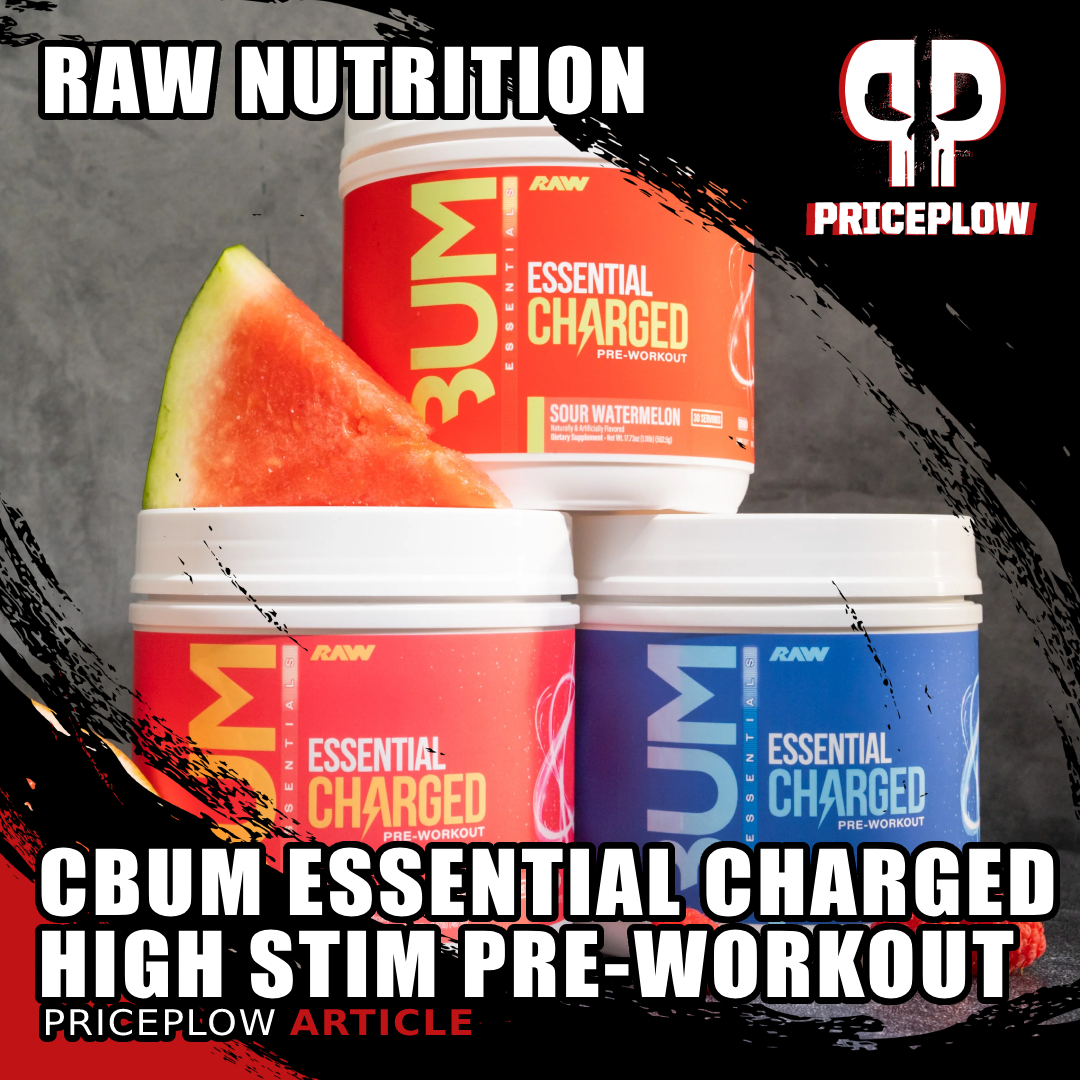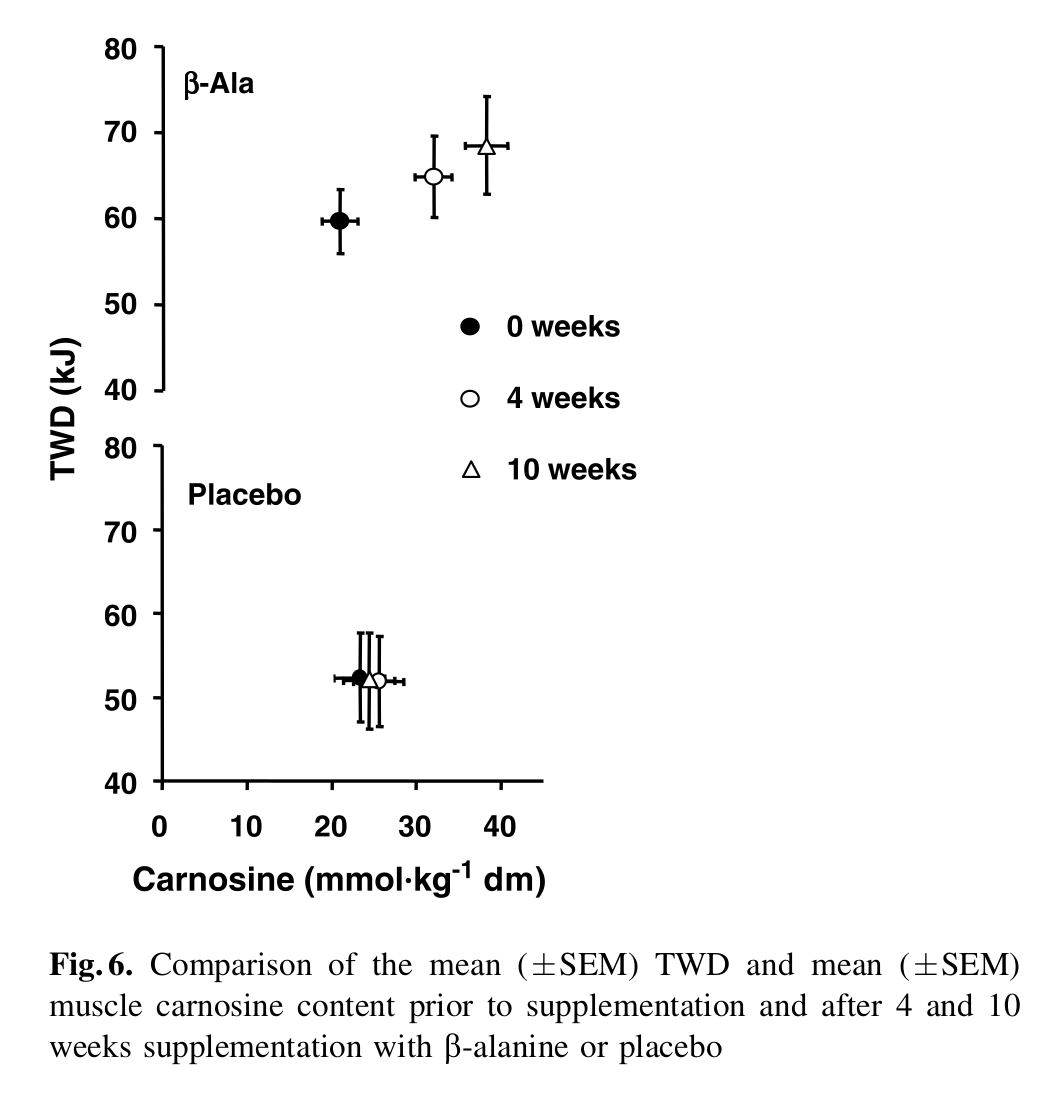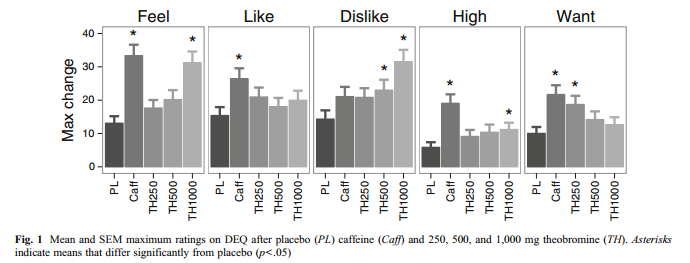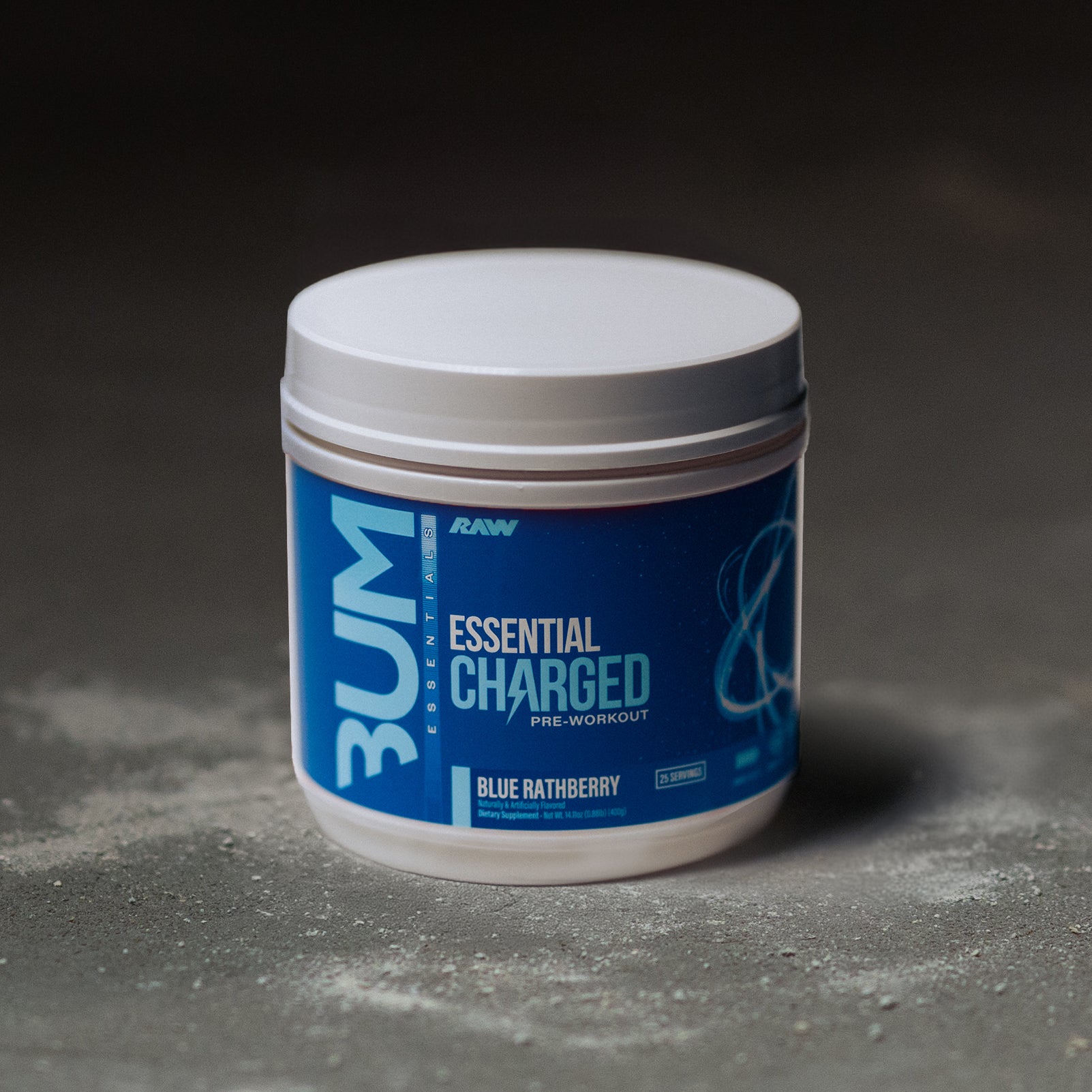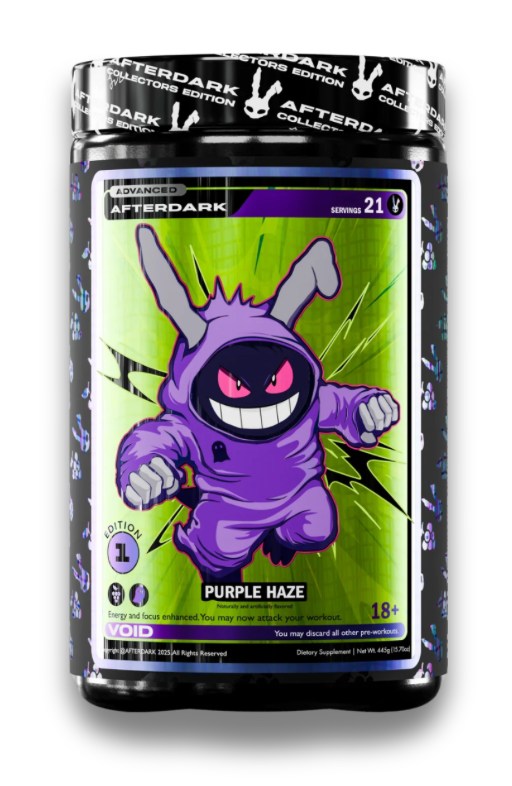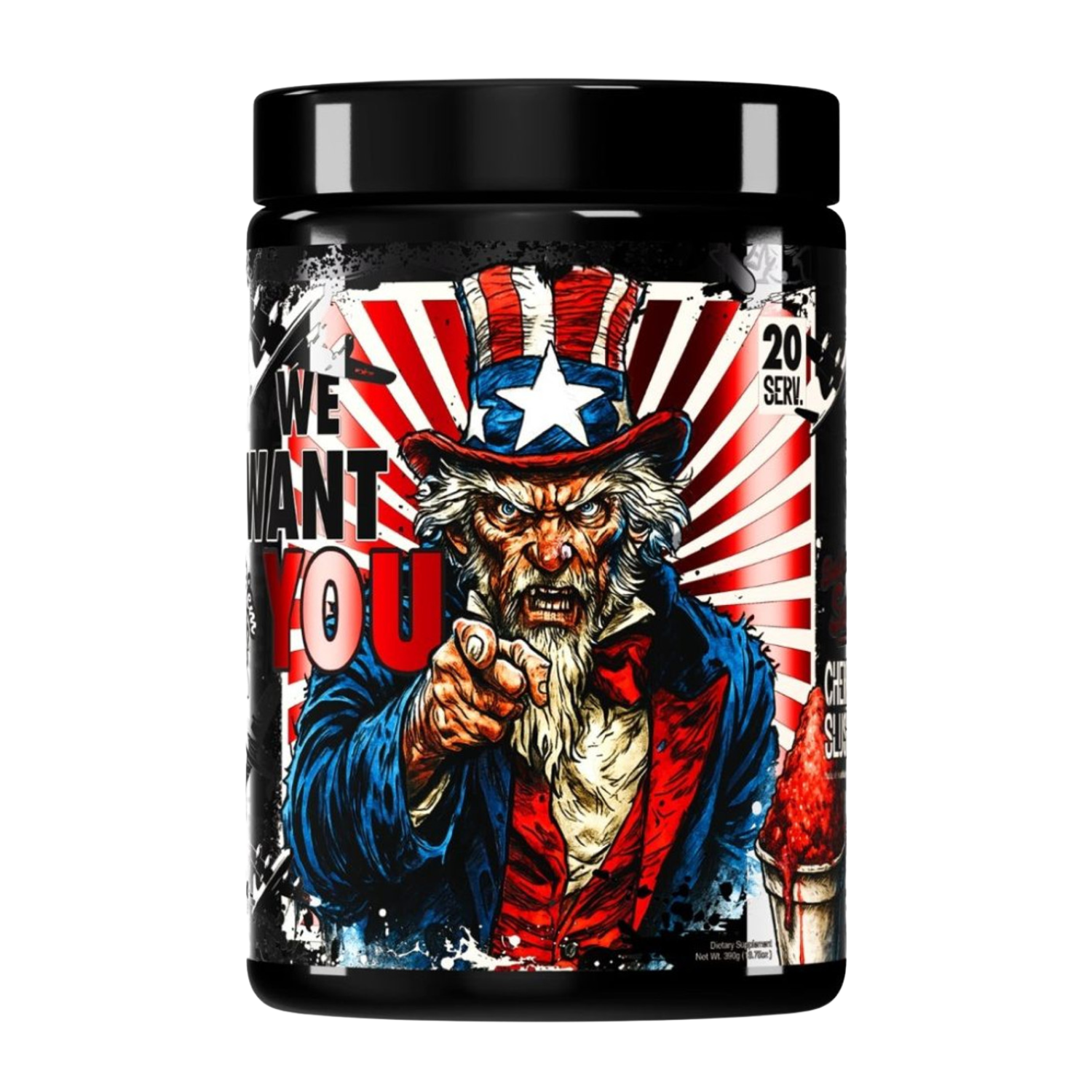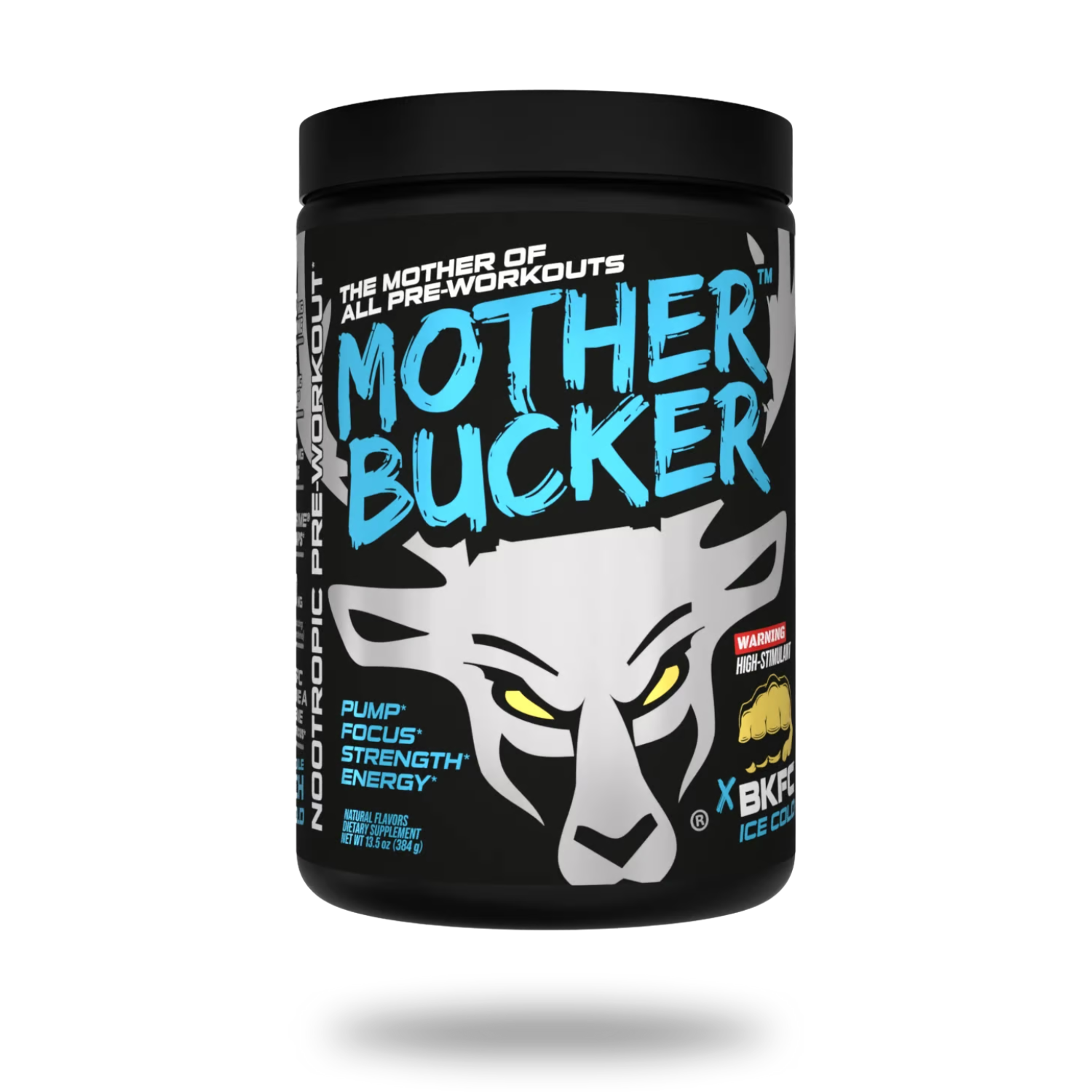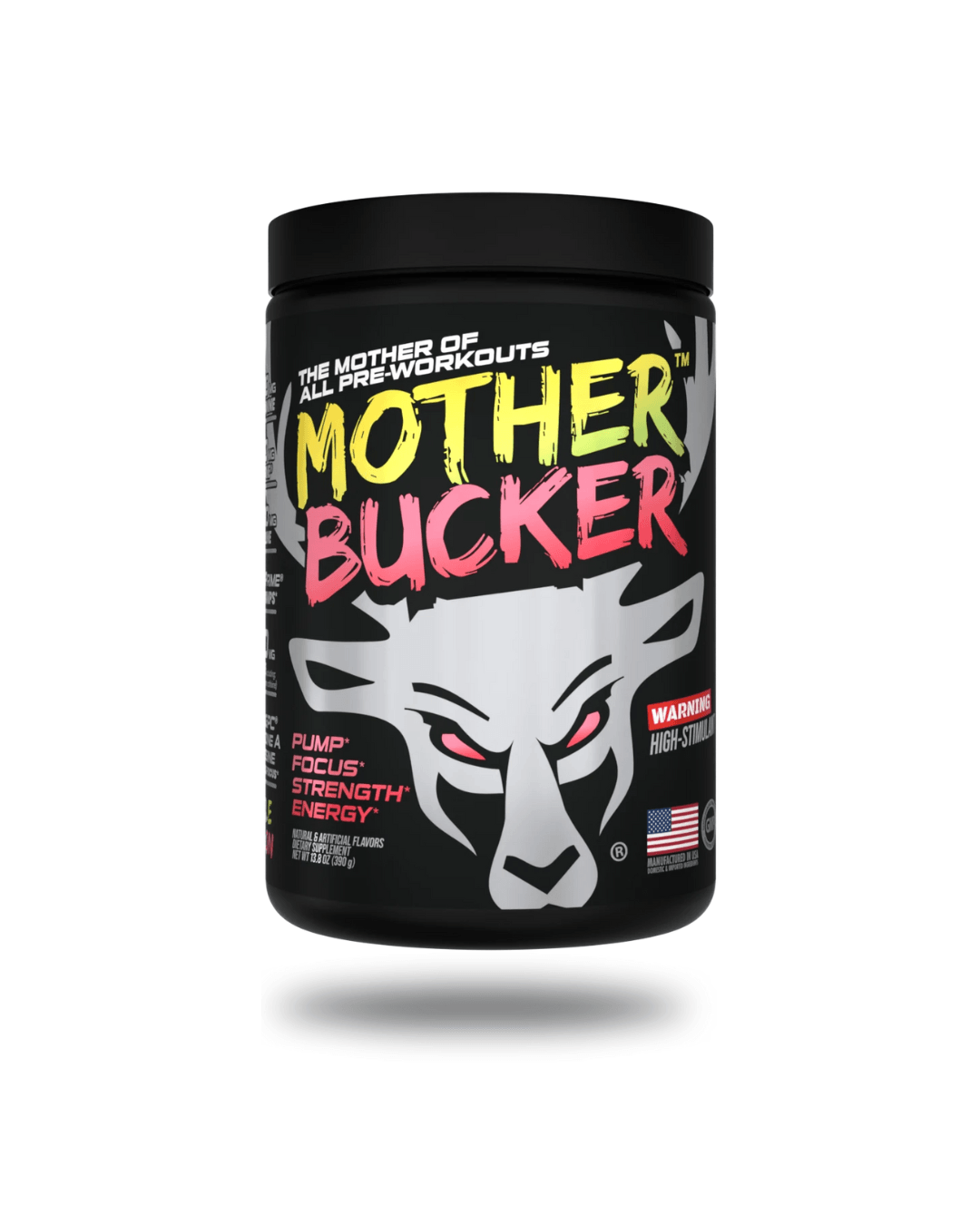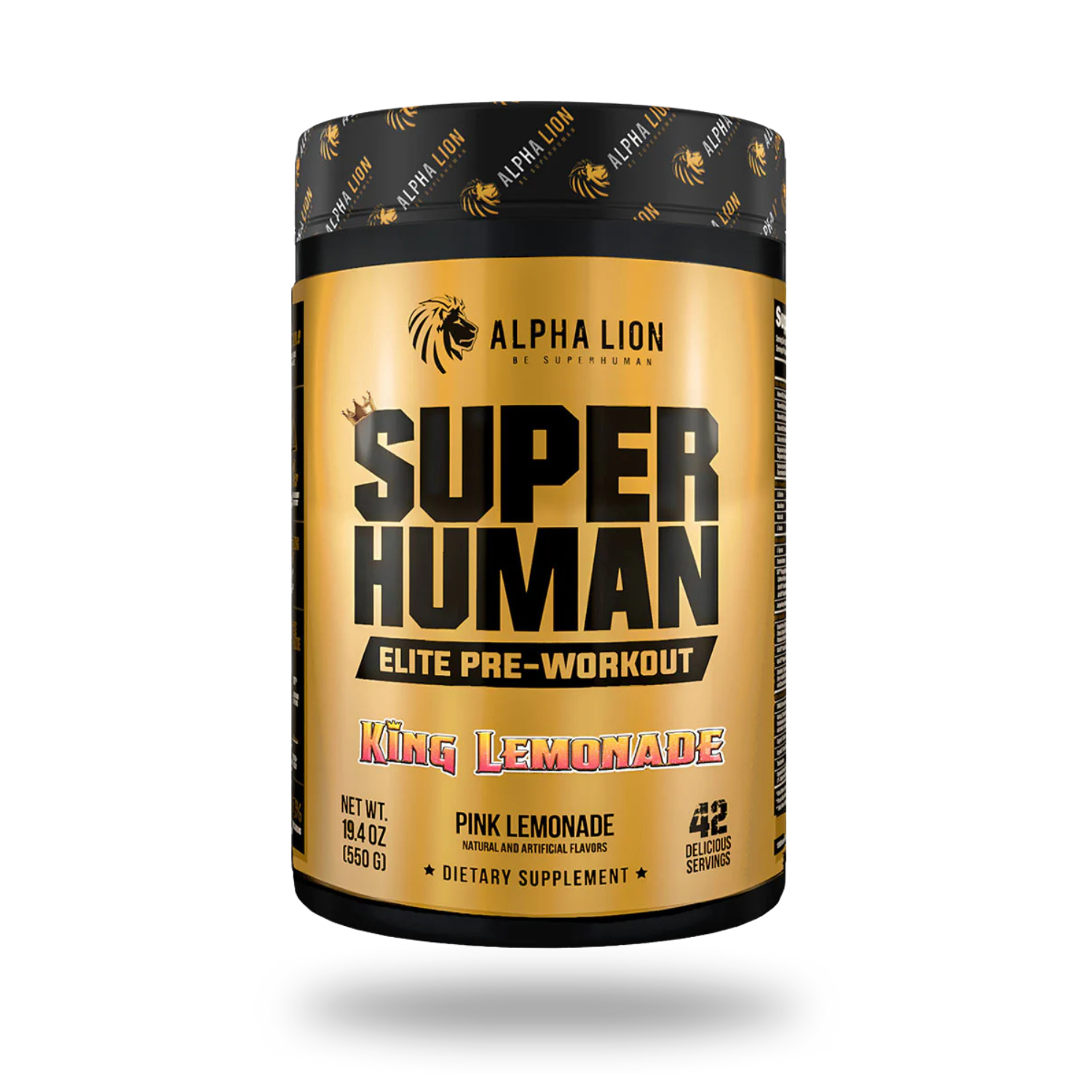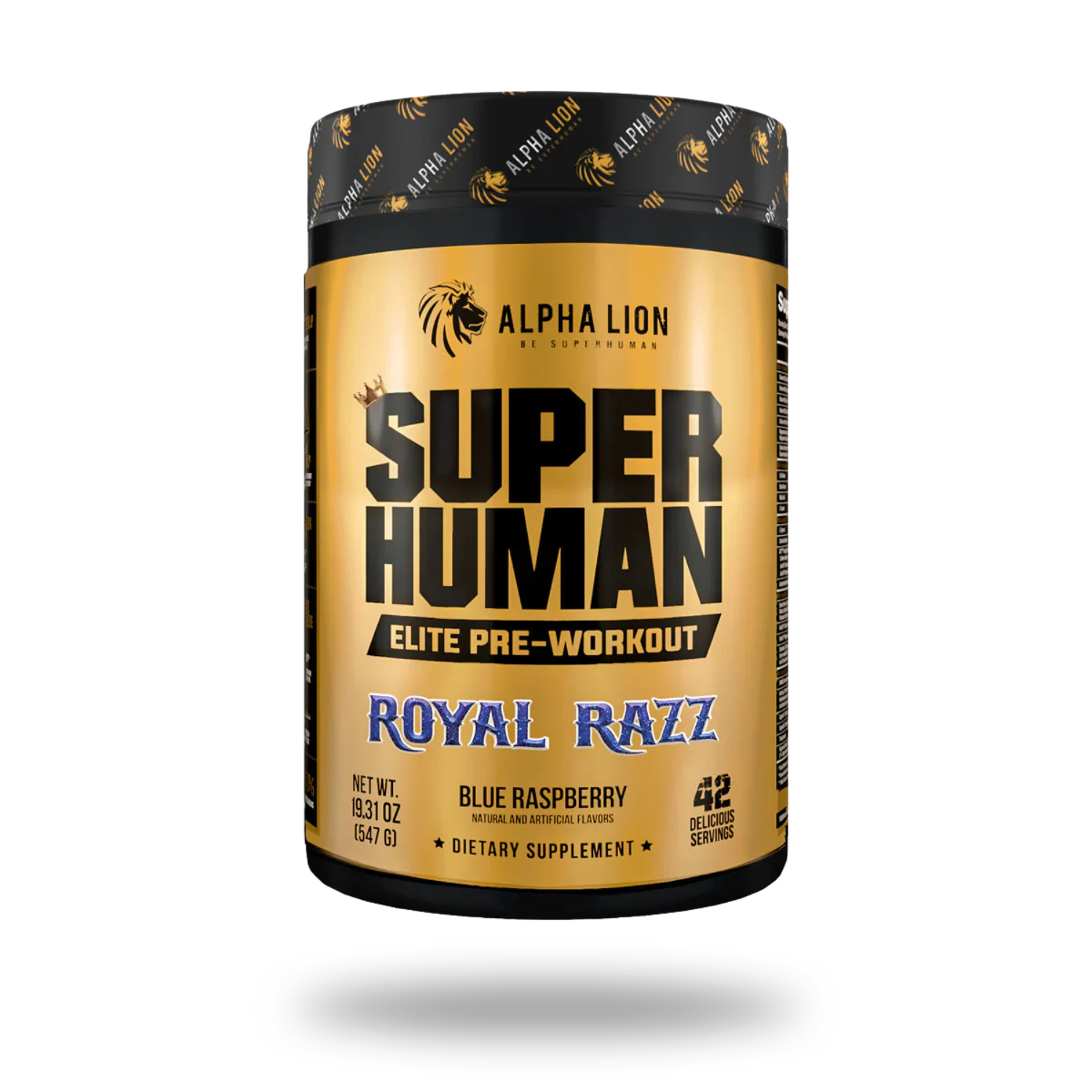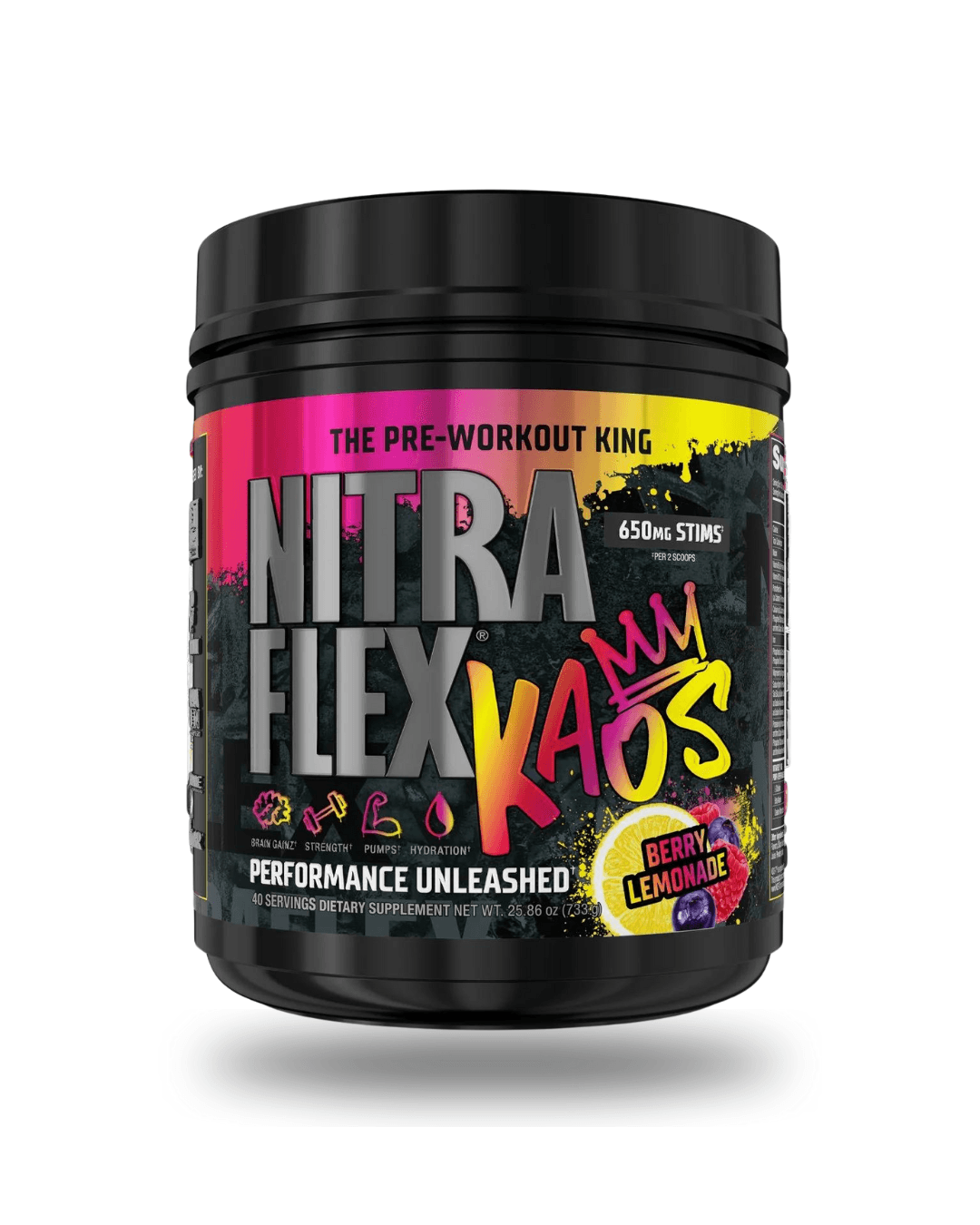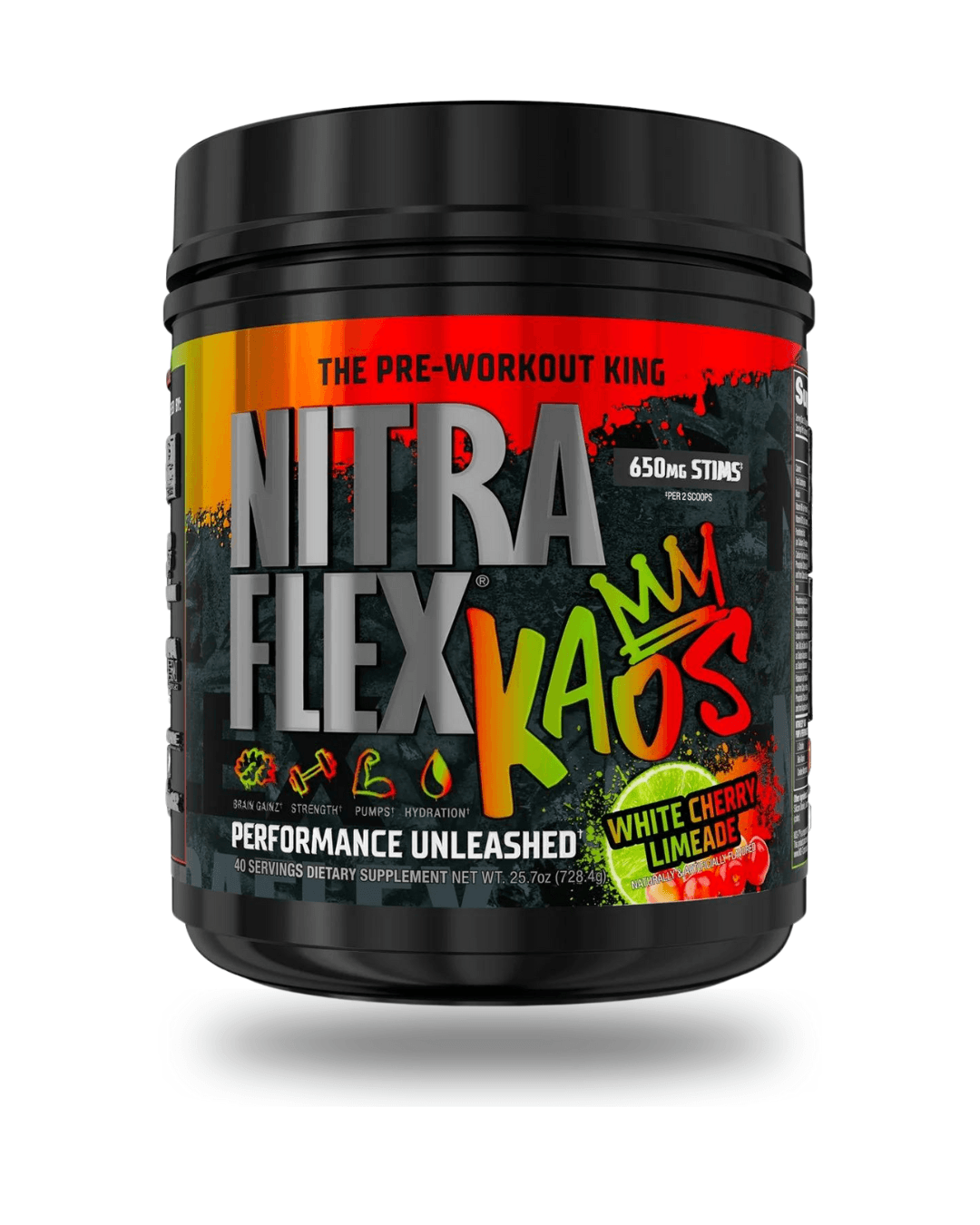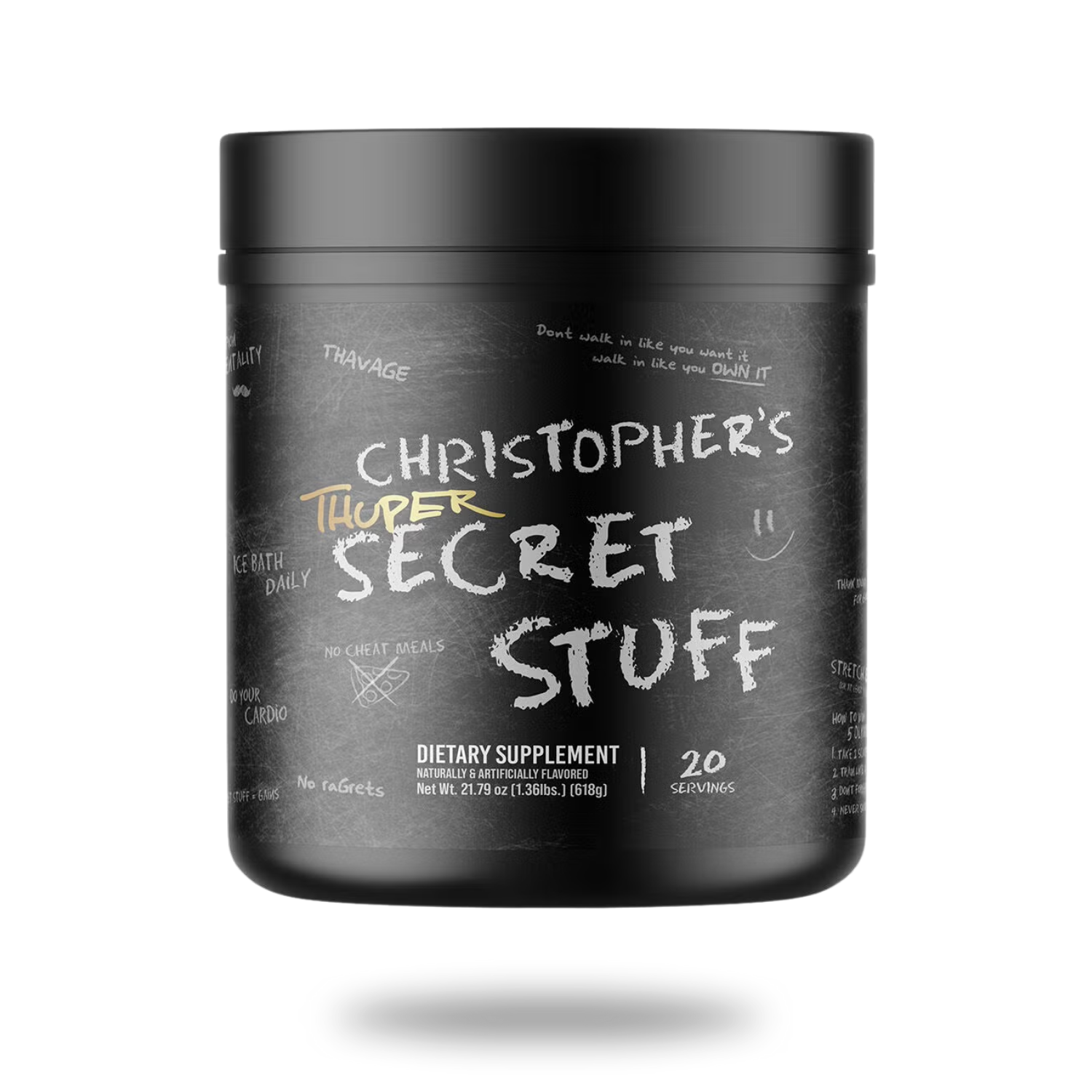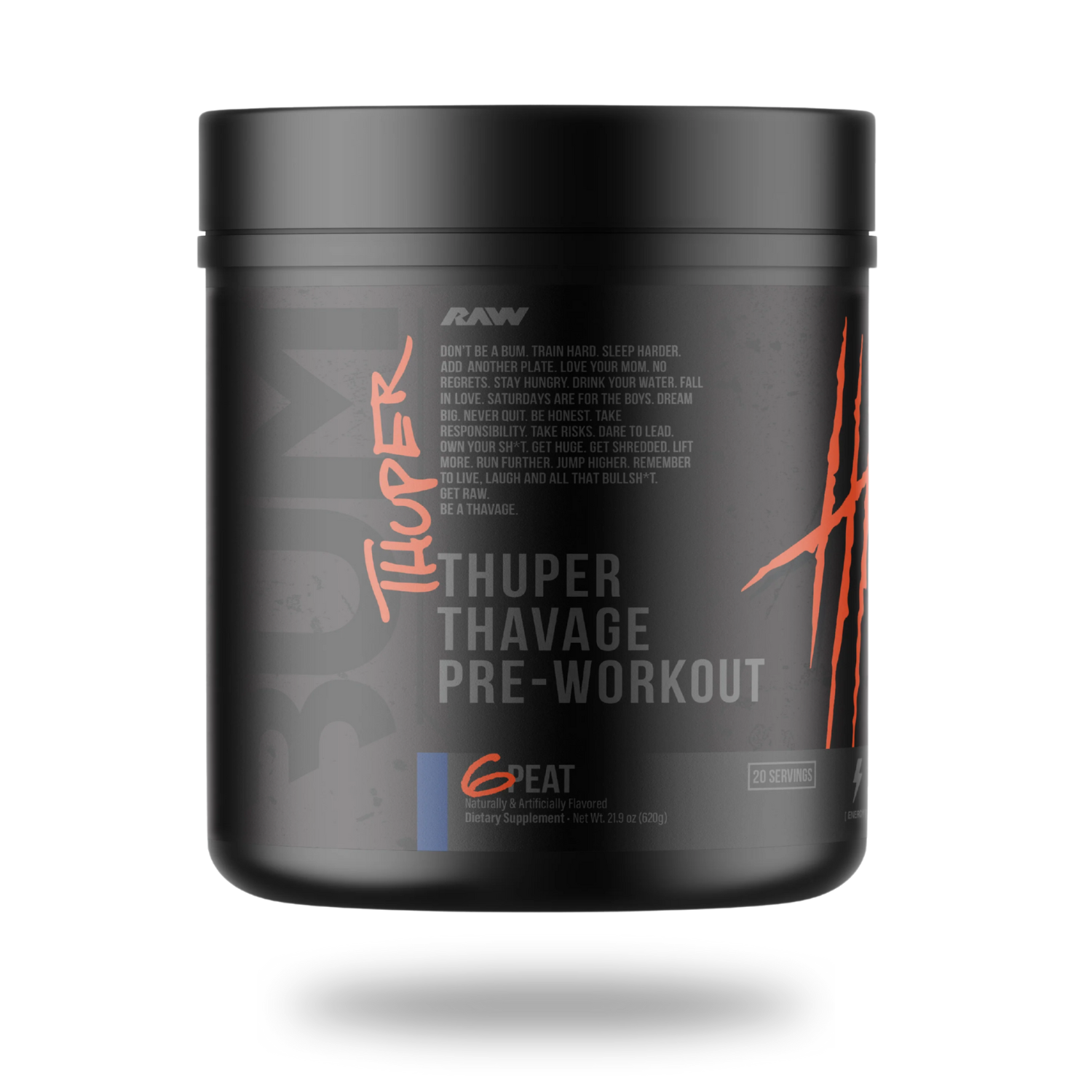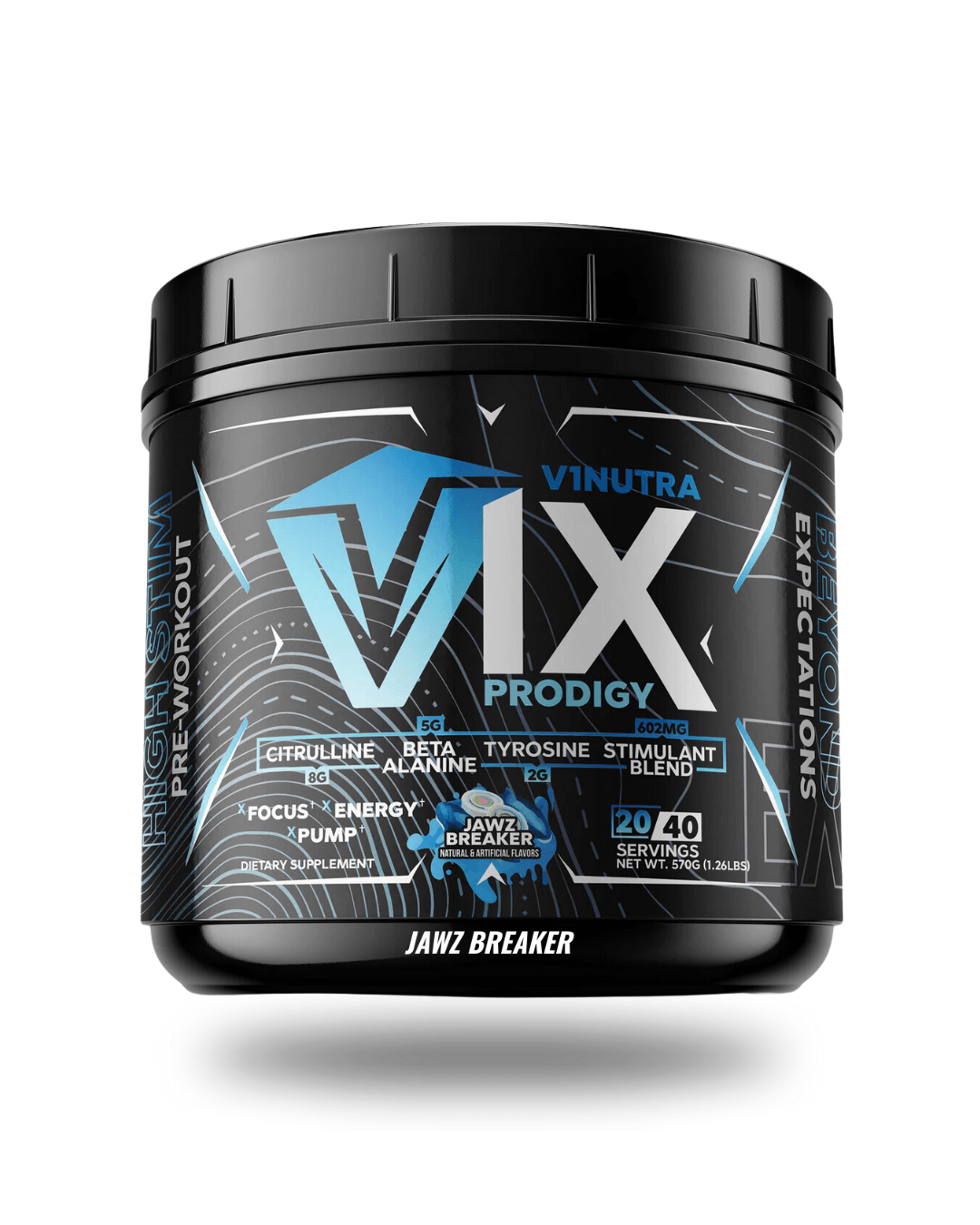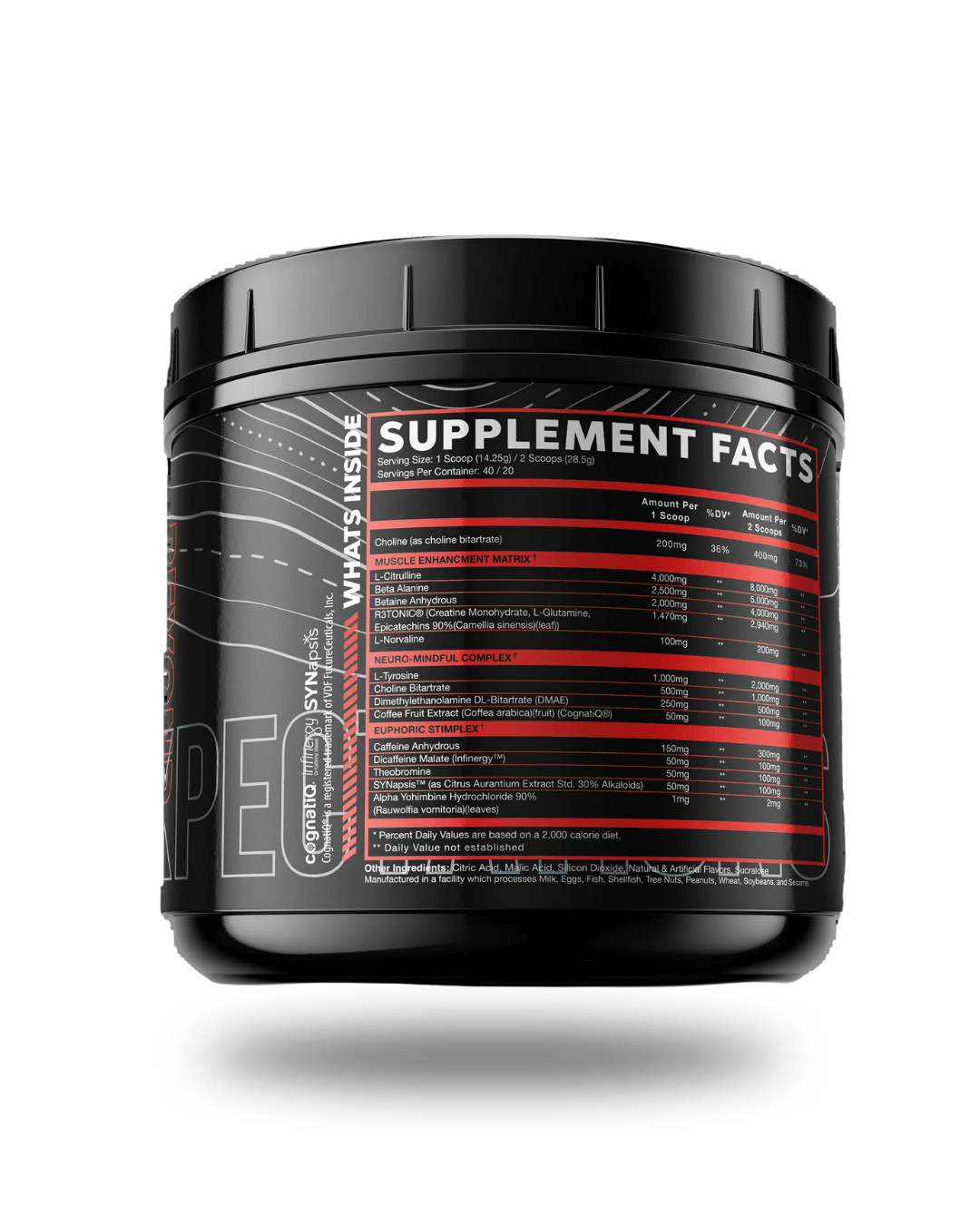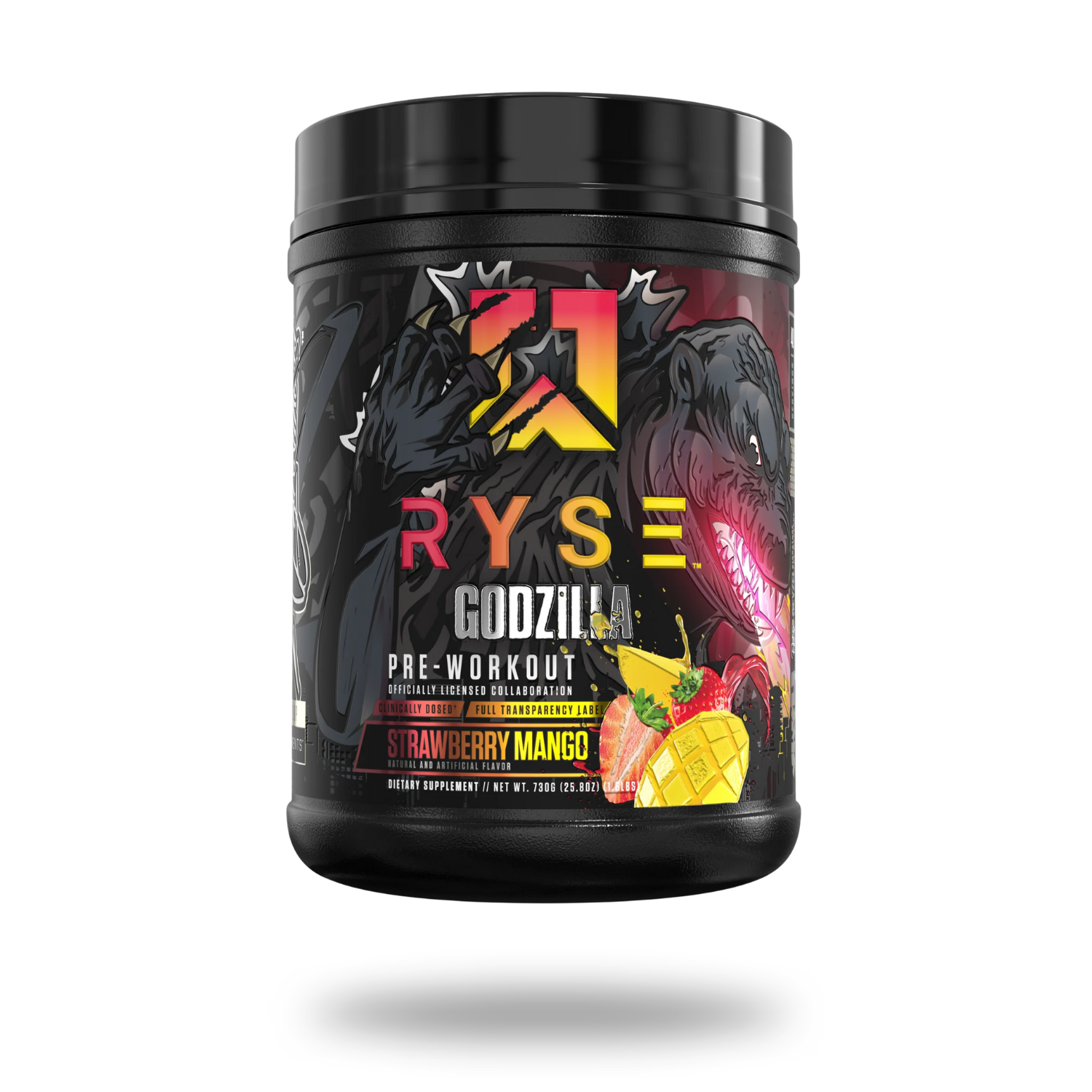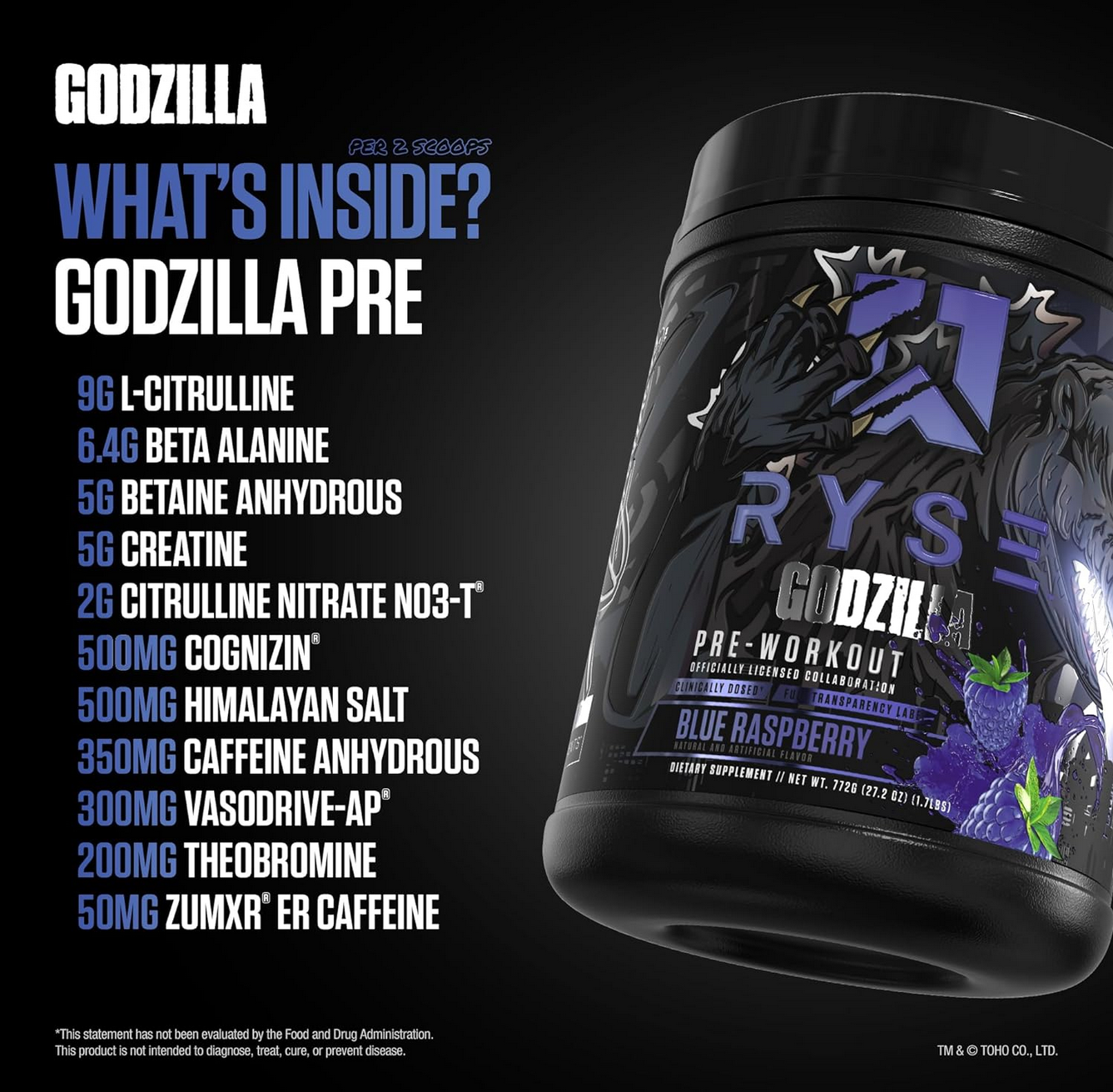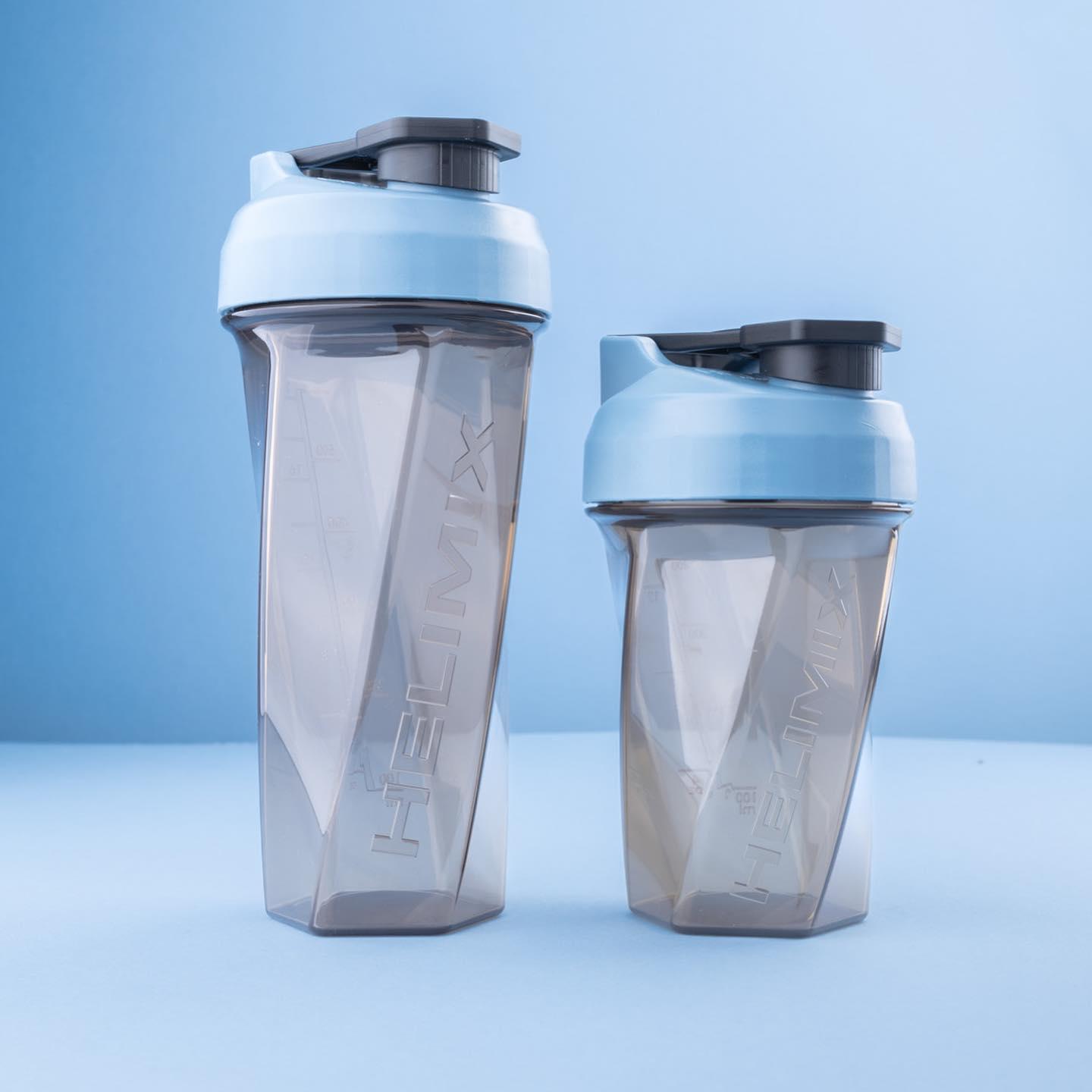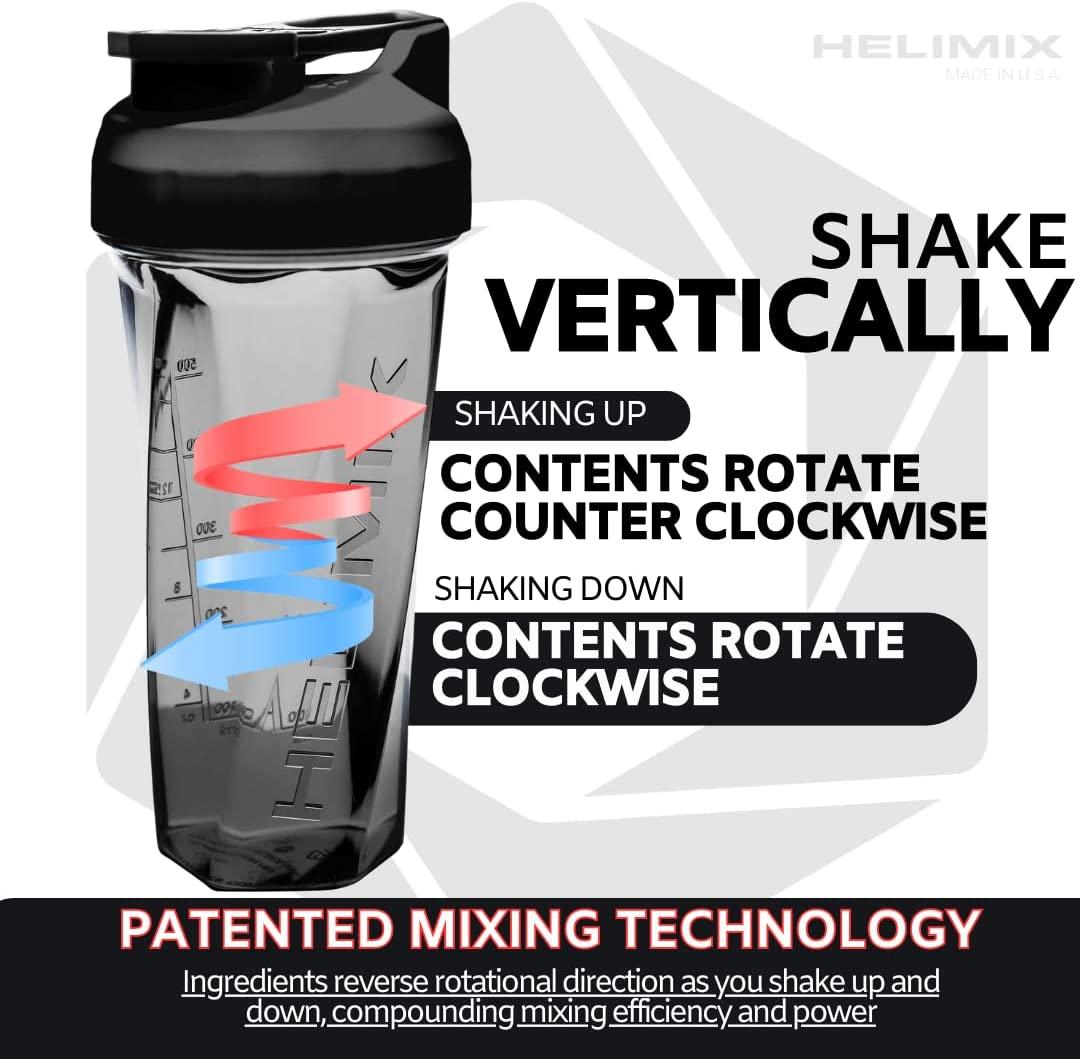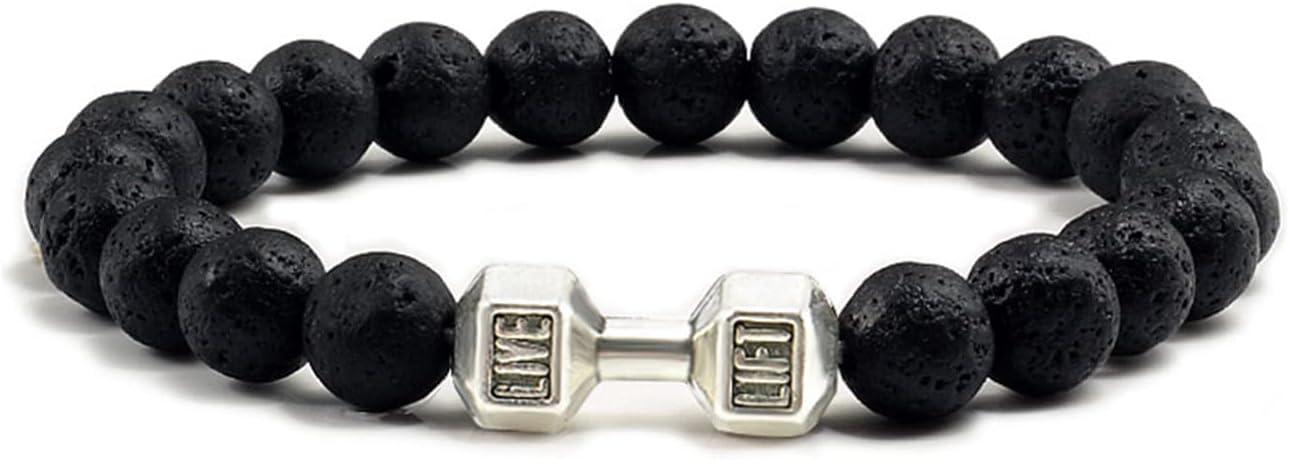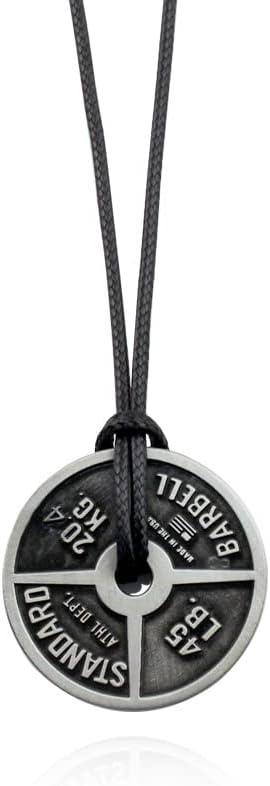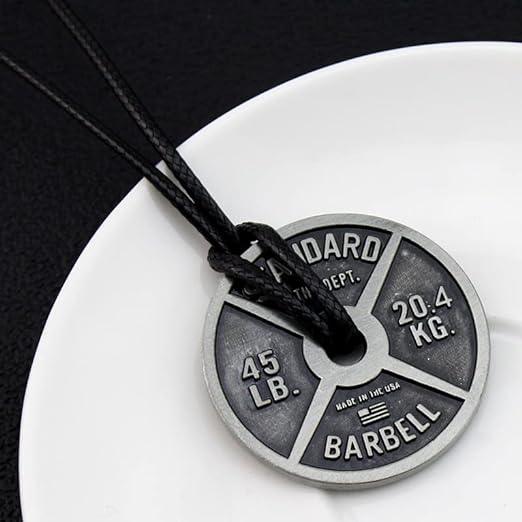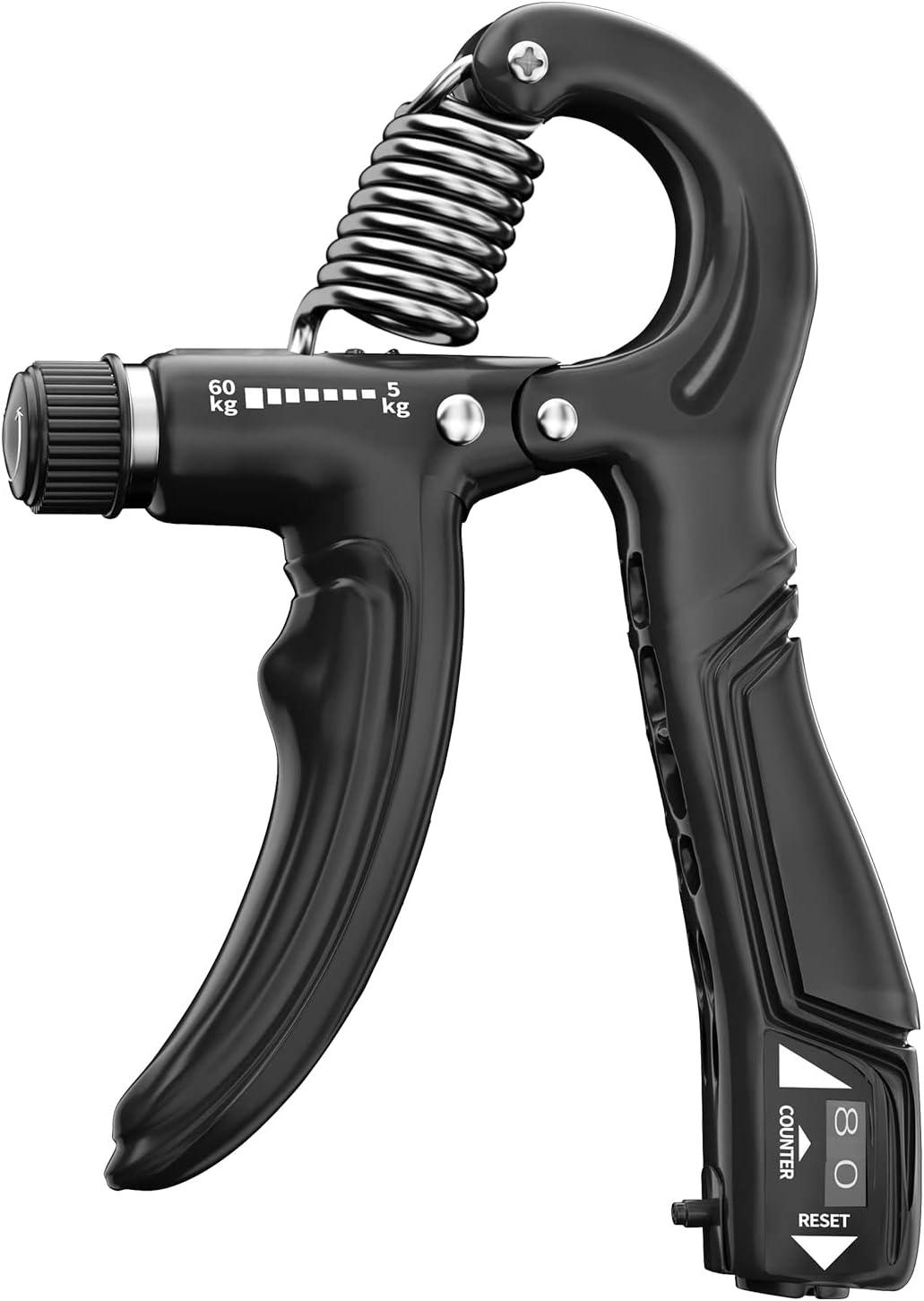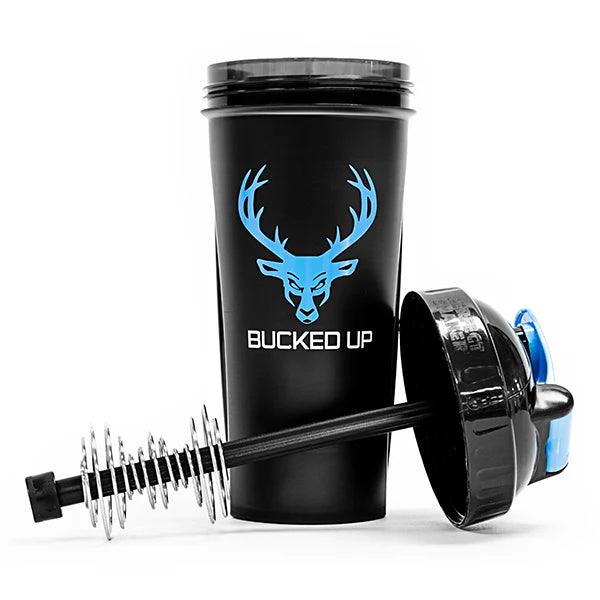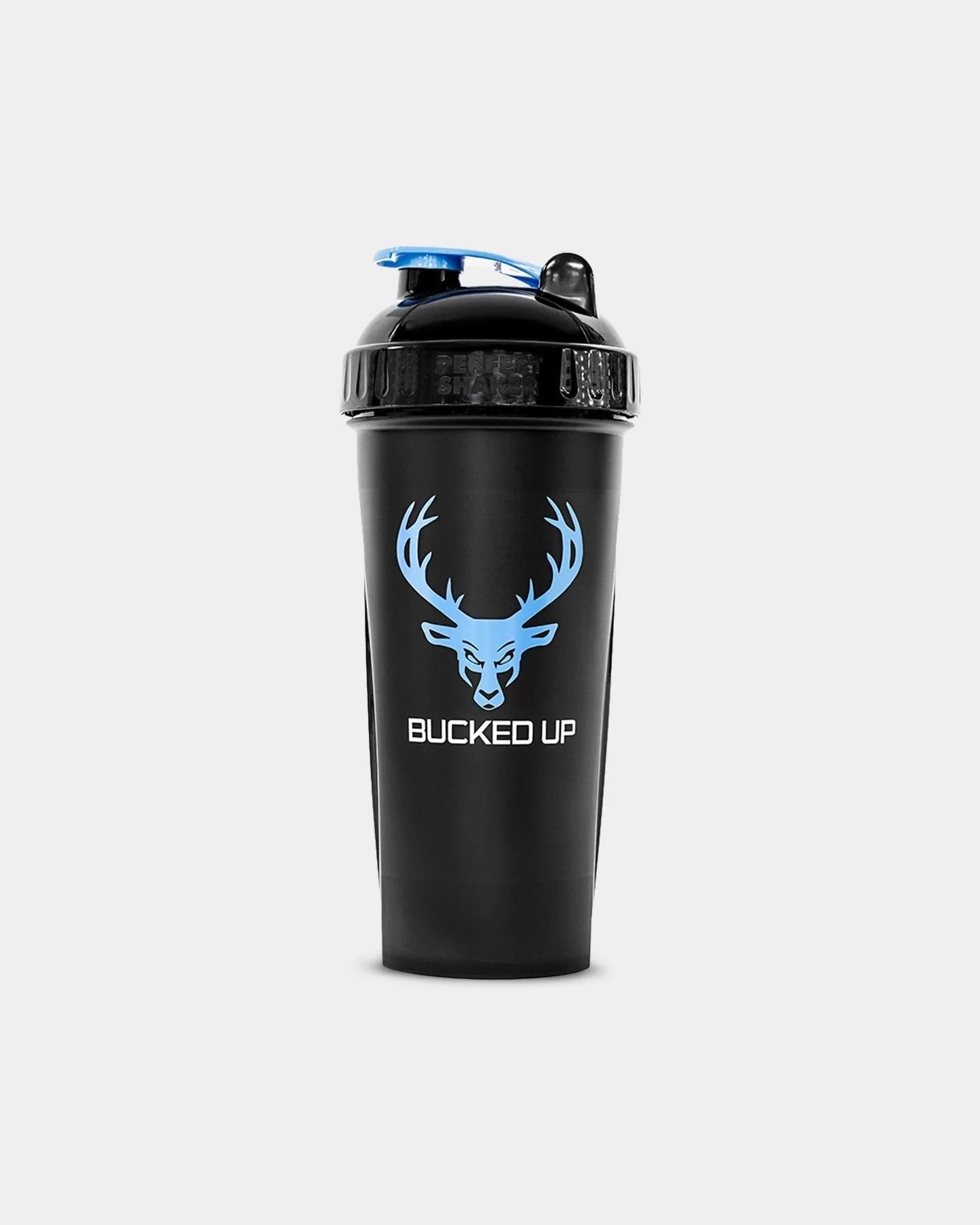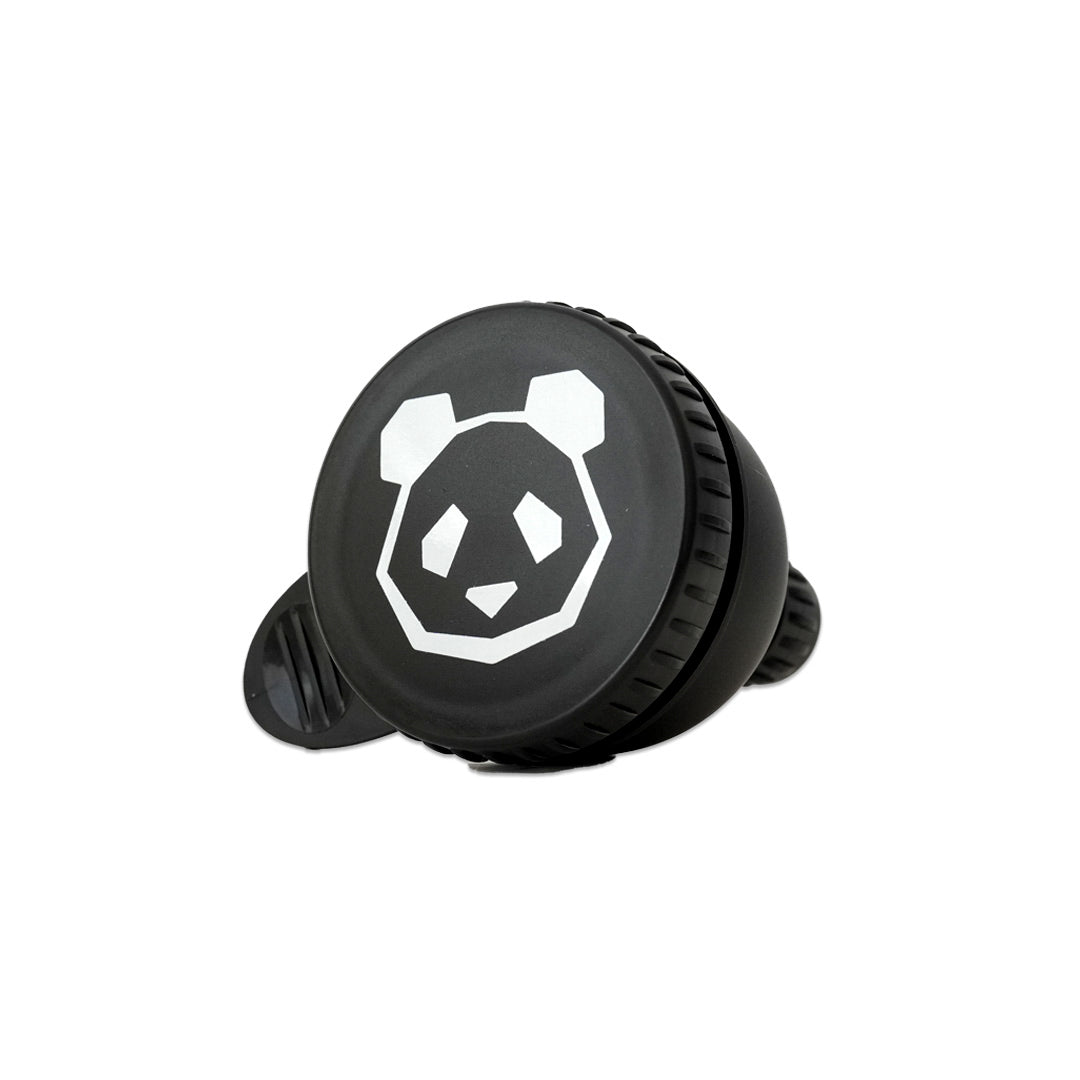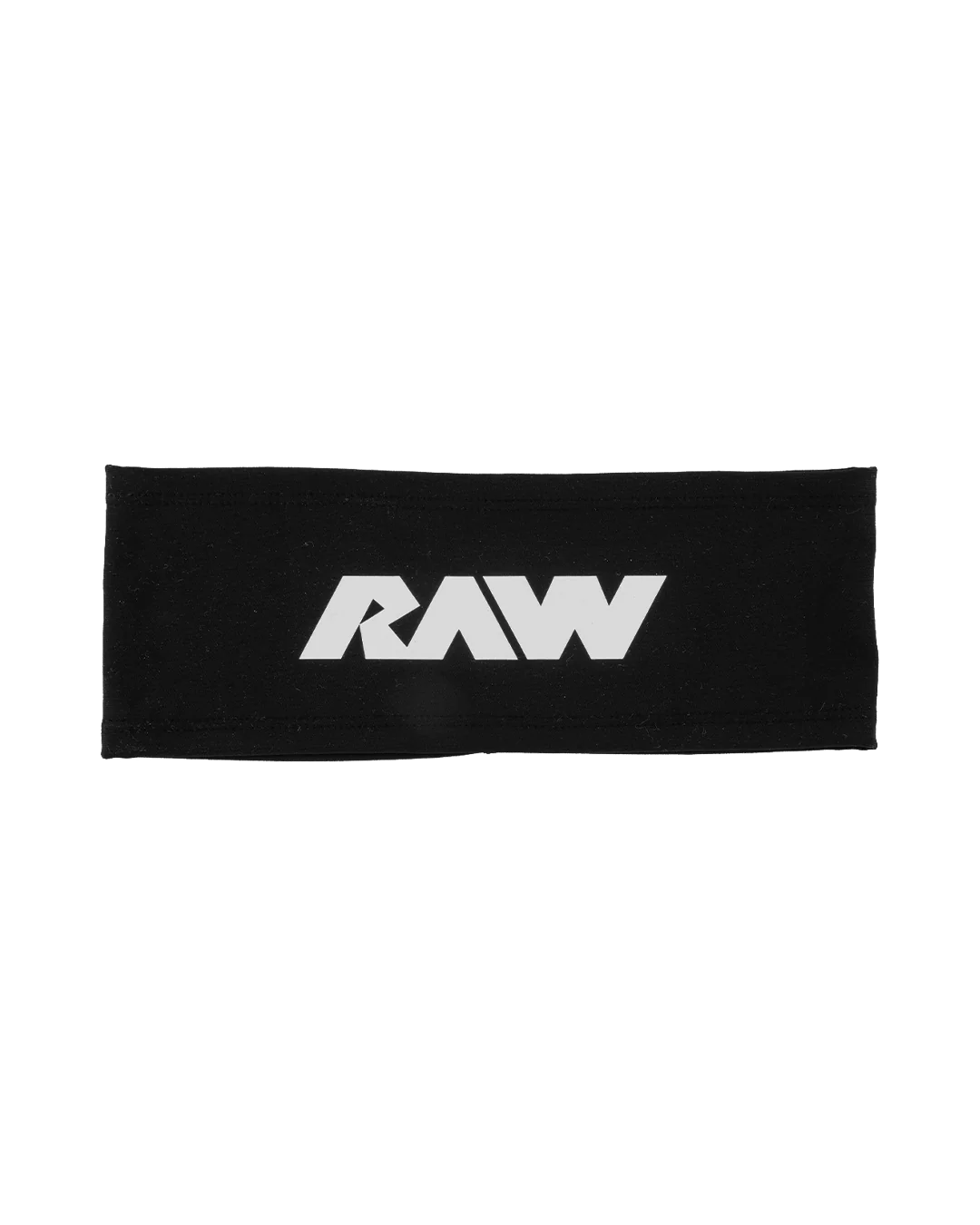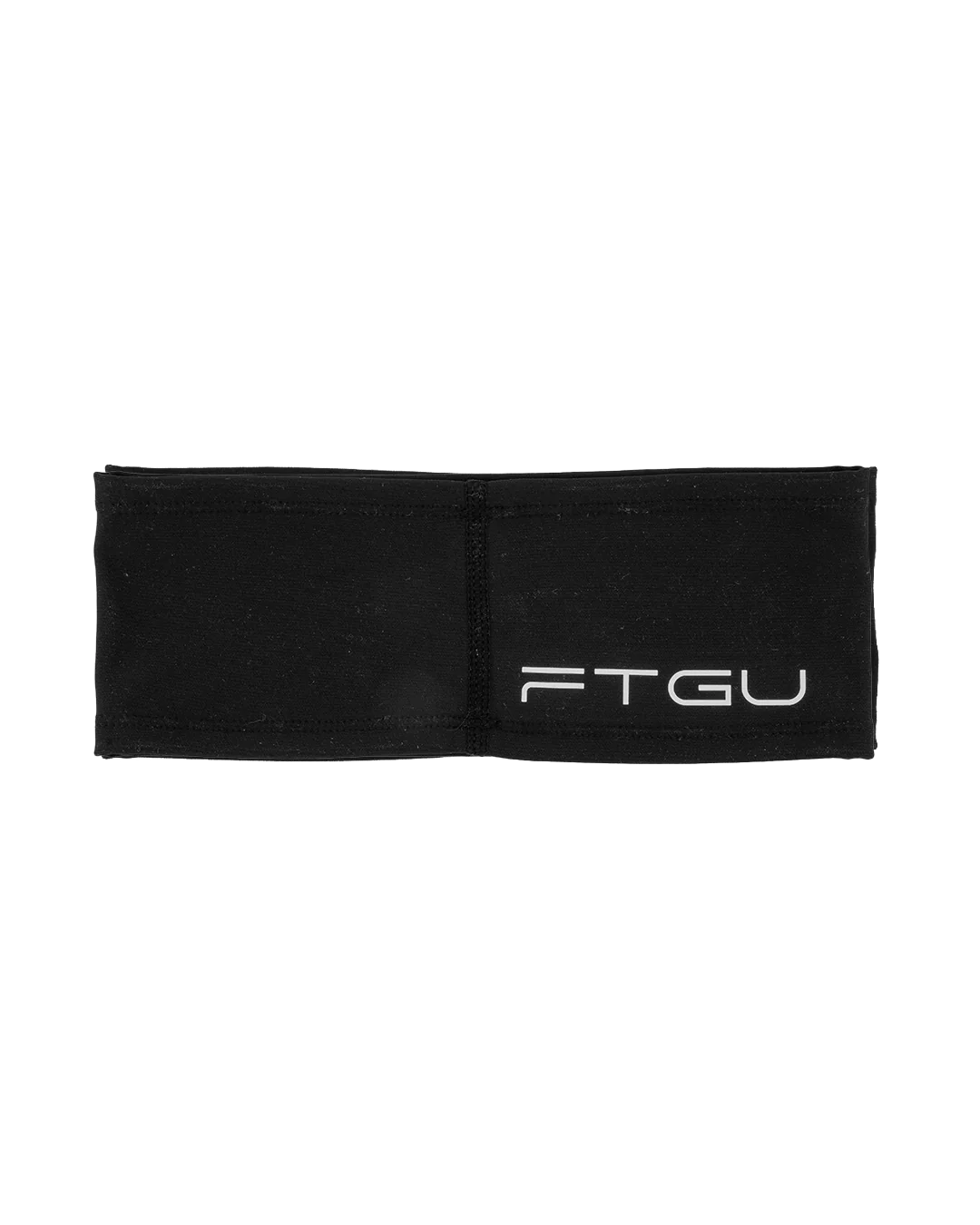Description
HIGH STIM PRE-WORKOUT.
- Improves Muscle Fullness for a Great Pump
- Quick & Clean Energy
- Clear Focus & Mental Clarity
Charge Up.
Introducing Essential Charged, the ultimate pre-workout formula designed to supercharge your training sessions. With a potent blend of performance-enhancing ingredients, Essential Charged offers an unparalleled boost to your workouts. Featuring 75mg of Sodium for electrolyte balance, 6g of L-Citrulline for enhanced blood flow, and 3.2g of Beta-Alanine for increased endurance, this formula primes your body for peak performance. What sets Essential Charged apart is its unique combination of ingredients, including 350mg of Caffeine Anhydrous for rapid energy, 156.25mg of Dynamine™ for amplified stimulation without the crash, and 100mg of Theobromine for sustained energy and mood enhancement. With Alpha-GPC added to the mix to boost cognitive function, Essential Charged ensures you stay focused, energized, and motivated throughout your workout, without the risk of overstimulation. Say goodbye to sluggish workouts and hello to your new training essential.
We'll let our friends at Priceplow.com go in depth with their excellent article below explaning in depth about Raw Nutrition's Bum Charged Preworkout. They are a great source for in depth knowledge and are the first to know about new drops if we don't catch some first from reps directly!
As if that weren’t impressive enough, in 2021, world-class competitive bodybuilder Christopher “CBUM” Bumstead became a co-owner. Almost immediately, Raw launched a product line designed by CBUM himself, and the results have been nothing short of legendary.
Whether you’re talking about the CBUM Mass Gainer, the industry standard CBUM Thavage Pre-Workout, or BUM Energy Drink, every single CBUM release from Raw has hit it out of the park with both casual consumers and supplement aficionados.
And lately, the CBum Essential Pre-Workout — something with just the essential ingredients — has blown up. But sometimes, users want something a bit more… charged up:
Introducing BUM Essential Charged – A Potent Methylxanthine Cocktail
Today we’re talking about BUM Essential Charged, a nifty little stimmed-up pre-workout from Raw under the CBUM line.
This formula offers a sizable — but not extreme — dose of caffeine, which clocks in at 350 milligrams. But that’s pretty standard these days. What’s really interesting about BUM Essential Charged is the way it blends caffeine with Dynamine methylliberine and theobromine for a sustained, synergistic stimulant experience.
Raw isn’t the first to do this, but it’s a growing industry trend that’s gotten amazing feedback from consumers thus far, so we’re super stoked to see CBUM and the Raw team go this route.
Let’s get into how it works, but first, check The PricePlow news and deals
CBUM Essential Charged Ingredients
In a single 1-scoop (16 gram) serving of BUM Essential Charged from RAW Nutrition, you get the following:
-
L-Citrulline – 6,000 mg
Citrulline is a conditionally essential amino acid and chemical precursor to the gaseous molecule nitric oxide (NO).[1]
By conditionally essential, we mean it’s somewhere between the status of an essential nutrient and a non-essential one – your body does synthesize citrulline, but only to a limited extent. In order to optimize your body’s production of NO, citrulline supplementation is usually necessary, especially if you’re under some kind of stress, such as intense physical training, injury, or illness.
Your body converts citrulline into NO through the following process:
Citrulline → Arginine → NO**
If you’re looking at this and wondering why not take arginine instead, that’s a very good question. After all, it’s generally better to take the most direct precursor to whatever molecule you’re trying to target with supplementation. However, in this case, oral citrulline supplements do a better job at raising serum arginine than arginine supplements, thanks to citrulline’s far superior oral bioavailability.[2,3]
Why do we want more NO?
Generally speaking, the more NO we have in circulation during a workout, the better, because NO triggers a process called vasodilation where your arteries expand in diameter. Bigger arteries means blood flows more easily, leading to significant reductions in heart rate and blood pressure.[4-6]
Because vasodilation can increase fluid retention in muscle tissue, it’s the primary mechanism behind the famous pump that bodybuilders and weightlifters are always chasing. Importantly, cardiovascular microvessels all over the body, not just in the muscles, dilate in response to NO upregulation,[7] which can lead to increased perfusion, especially in peripheral tissues.
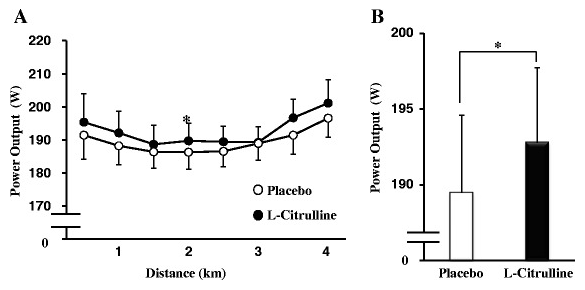
Low-dose (2.4 gram) citrulline didn’t make a huge difference to the subjects’ oxygen uptake, but it did significantly increase their power output.[8] This suggests that citrulline is helping the body use oxygen more efficiently.
All the NO-related effects we’ve discussed add up to one important and highly desirable outcome: better performance and recovery as oxygen and nutrients get delivered to cells, and metabolic wastes removed with greater efficiency.
Citrulline research shows that this amino acid can:
- Increase power by improving oxygen utilization[9]
- Increase athletic endurance by as much as 50%[10]
- Decrease delayed onset muscle soreness (DOMS)[10]
- Amplify the body’s production of growth hormone in response to exercise[11]
- Prevent the catabolism (breakdown) of muscles and protein[12]
- Increase muscle growth after workouts[13,14]
Citrulline, stress, and sleep
Taking extra citrulline can also upregulate the body’s synthesis of ornithine, an amino acid responsible for detoxifying ammonia.[15,16] Since the accumulation of ammonia can cause both mental and physical fatigue, getting rid of ammonia faster by boosting ornithine is just another one of citrulline’s endurance-boosting mechanisms.
Ornithine can also improve sleep quality and decrease stress, thanks to its impact on the body’s ratio of cortisol to DHEA.[16]
-
Beta-Alanine – 3,200 mg
Beta-alanine is an amino acid and ergogenic aid, a category that includes any substance or technique that increases the amount of physical work your body can handle.
Along with fellow amino histidine, beta-alanine is a chemical precursor to a dipeptide molecule called carnosine, which is responsible for detoxifying lactic acid (lactate) from muscles.[18] The less carnosine your muscles have, the longer it takes them to get rid of lactic acid; and the quicker lactic acid accumulates, the faster mental and physical fatigue set in.
Through beta-alanine supplementation, we can accelerate the body’s elimination of lactic acid, which in turn delays fatigue onset.
Because most people get plenty of histidine from their diet, beta-alanine is usually the limiting factor in the body’s ability to produce carnosine.[18] And, moreover, beta-alanine’s oral bioavailability is much greater than carnosine’s, making it a better choice for supplementation.[19]
Three big meta-analyses concluded that a daily 3,200 mg dose of beta-alanine, can substantially boost athletic endurance by reducing fatigue.[20-22] Interestingly, there’s a specific intensity range that researchers determined beta-alanine appears to be most effective: any exercise performed continuously for 30 seconds to 10 minutes.[20,21]
Synergy with creatine
Creatine is not an ingredient in RAW Nutrition’s BUM Essential Charged, but we know that most PricePlow readers use it on a daily basis. So it’s worth pointing out that beta-alanine has synergistic effects with creatine.[23]
-
L-Tyrosine – 2,000 mg
The amino acid tyrosine is one of the building blocks your body uses to make catecholamines — a grouping of neurotransmitters and hormones that includes dopamine, norepinephrine (noradrenaline), and epinephrine (adrenaline). Together, the catecholamines control a number of crucial physiological processes, from heart rate to blood pressure, metabolic rate, and stress response.
In regards to a pre-workout, what’s most interesting about catecholamines is the role they play as neurotransmitters. Catecholamines have profound effects on neural activity, mood, and behavior, including focus, motivation, and cognition.[24-26] Dopamine, especially, is crucial for all of the above.
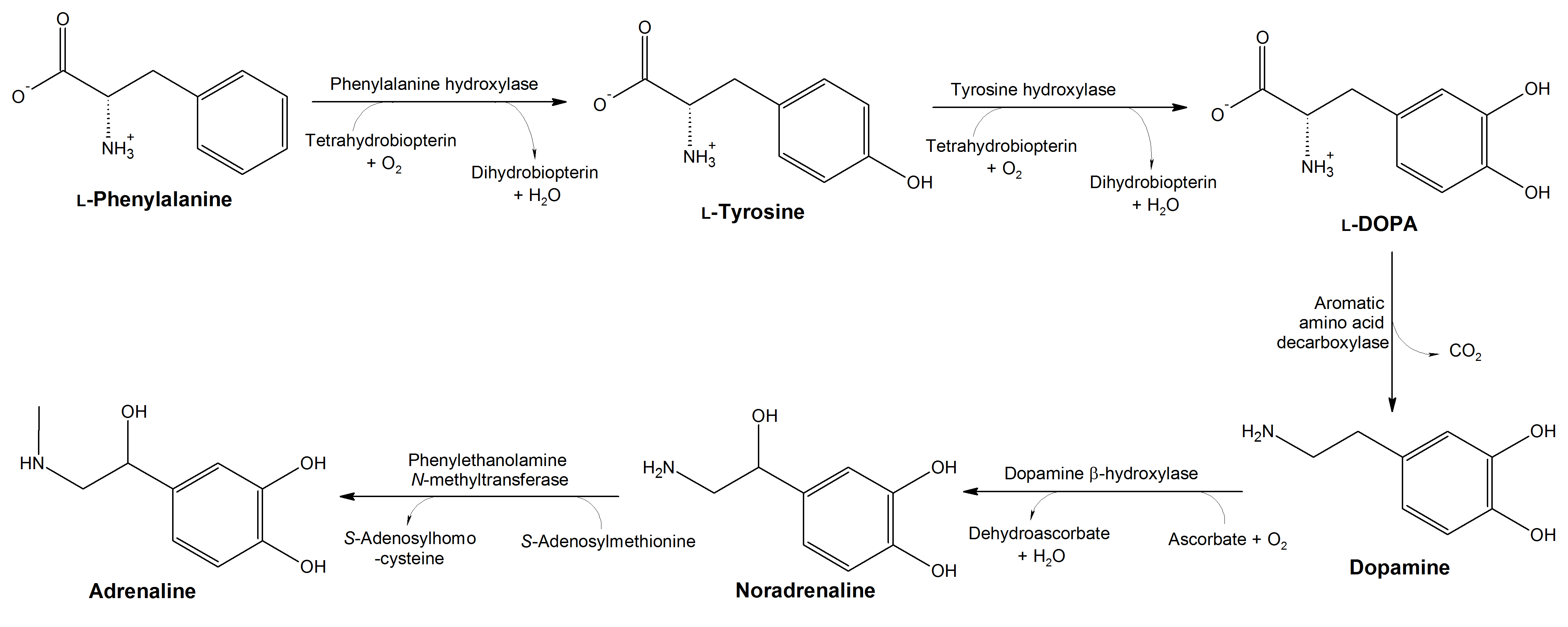
It’s easy to see why we like tyrosine so much – its derivatives bring the intensity and focus! Image courtesy Wikimedia
Adrenaline and noradrenaline can help support healthy body composition, thanks to their status as appetite suppressants and pro-lipolytic substances.[27,28]
Thyroid function
While tyrosine’s ability to upregulate catecholamine synthesis is obviously important, when it comes to performing well and building lean mass in the gym, perhaps even more important, is the impact tyrosine has on thyroid function. As it turns out, tyrosine is also a precursor to the thyroid hormones triiodothyronine (T3) and thyroxine (T4).[29,30]
You need both T4 and T3 for optimal metabolic function, because your thyroid is sort of like your body’s metabolic thermostat – quite simply, the more active your thyroid, the more calories you burn in a day, which is why hyperthyroidism — the over-production of thyroid hormones — is linked to being underweight,[28] just like hypothyroidism is linked to unwanted fat gain.[31]
If you’re trying to lose fat and build muscle, it behooves you to know that thyroid function can slow down significantly during periods of intense exercise and caloric restriction.[29,30,32] If you’re reading The PricePlow Blog and shopping around for pre-workouts, chances are you’re engaged in at least one of these activities at any given time.
Restores cognitive baseline during insufficient sleep
Where tyrosine really shines is in mitigating the negative effects that sleep deprivation has on cognitive performance. Research carried out by the U.S. military found that tyrosine is better at this than caffeine, which is saying quite a lot![33,34]
-
Alpha-Glyceryl Phosphoryl Choline 50% (Alpha-GPC) – 400 mg
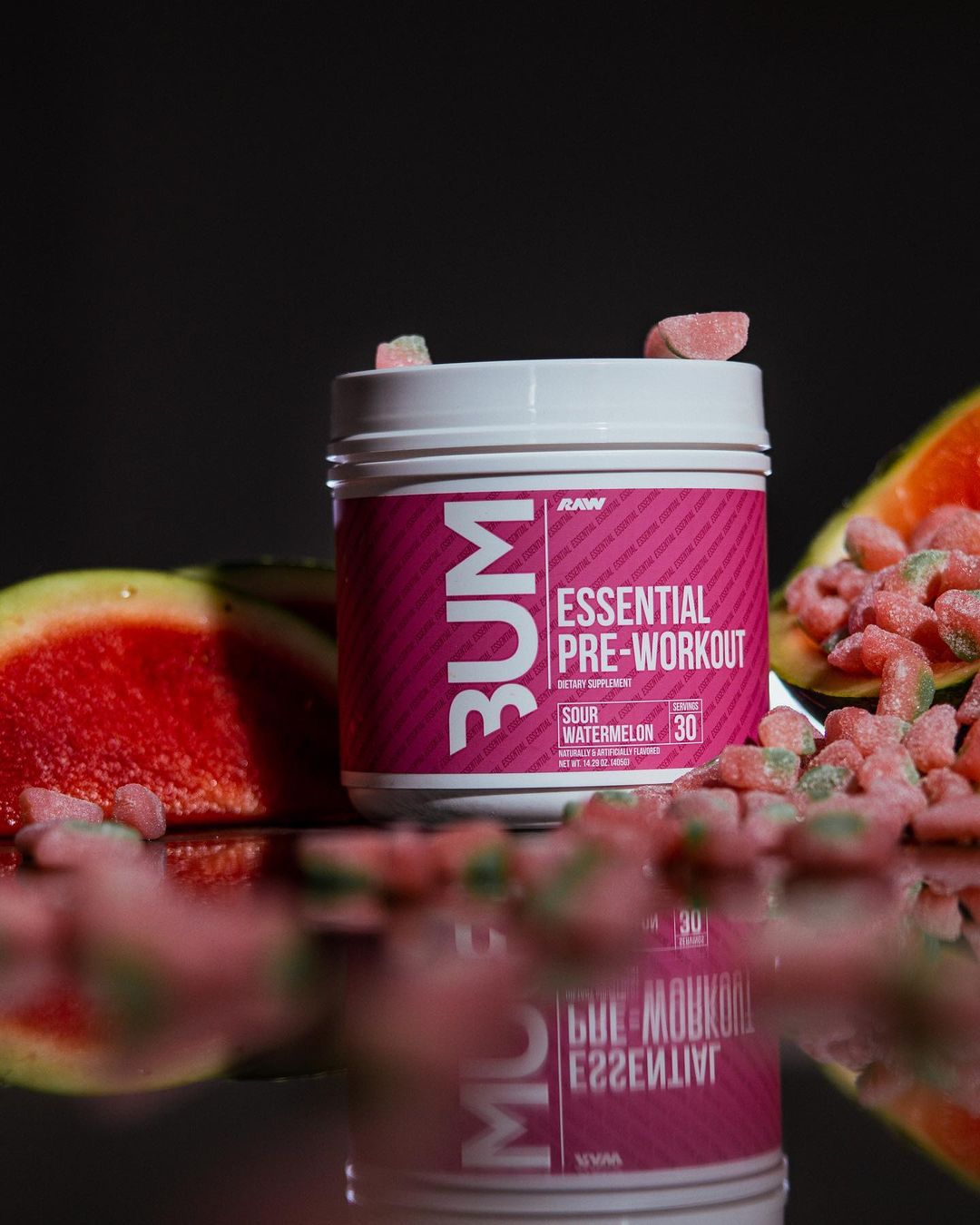
Want something a little more toned down? Get just the essentials, with Raw Nutrition’s CBUM Essential Pre-Workout
Alpha-GPC is a form of choline that’s both exceptionally bioavailable and able to transit the blood-brain barrier.[35] Because of its ability to affect the brain, alpha-GPC is often used when formulators wish to emphasize the nootropic effects of choline.
One double-blind, randomized, placebo-controlled study from 2018 found that regular alpha-GPC supplementation increased motivation scores on a cognitive inventory called the KORKORO scale.[36] Intriguingly, this effect seemed to be greater at night.
When it comes to human data, alpha-GPC is one of the most-studied forms of choline. Clinical studies have shown that alpha-GPC can considerably improve behavior and psychometric status in patients with Alzheimer’s[37,38] and vascular dementia,[39,40] a kind of dementia caused by diminished cerebral blood flow.
And although this particular effect hasn’t been studied in humans yet, some interesting animal research has indicated that alpha-GPC can help repair the blood-brain barrier, thus increasing the body’s ability to keep neurotoxins out of the neural tissue.[41]
One study in rats found that when the animals’ cerebral circulation was impaired, alpha-GPC restored normal blood flow in cerebral microvessels and protected the neurons from ischemia-related oxidative and inflammatory stress.[42]
-
Caffeine Anhydrous – 350mg
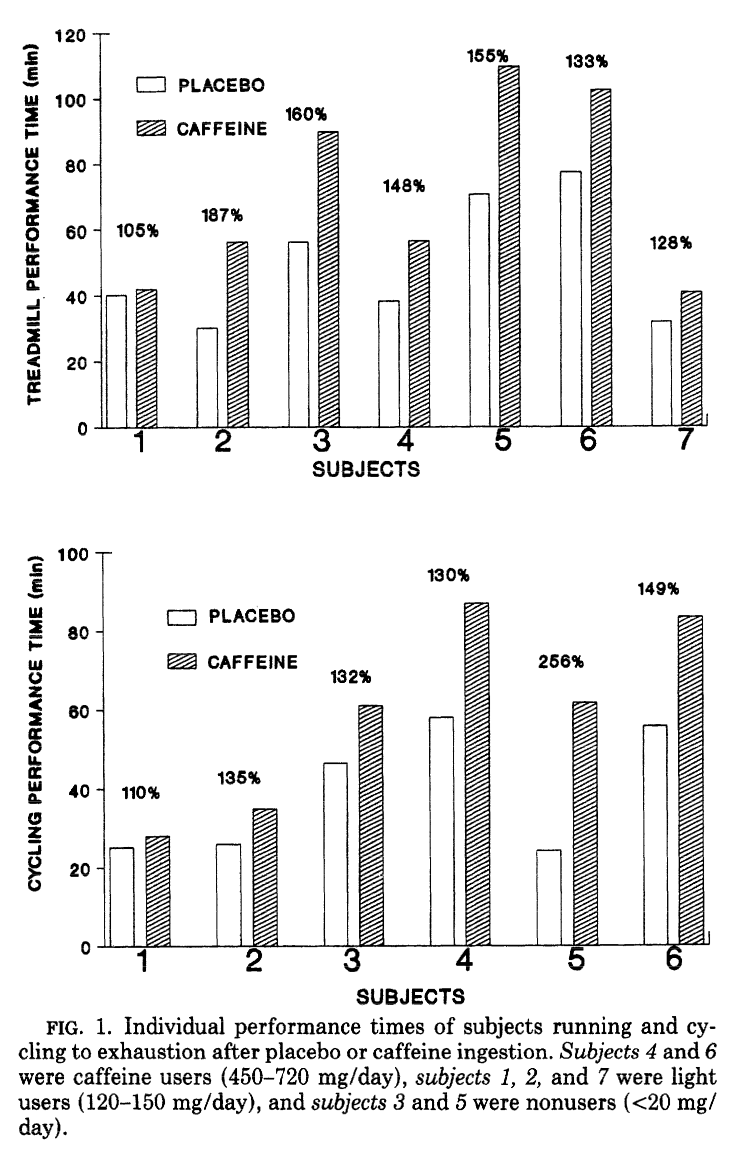
Known since 1991, very high dose caffeine can seriously boost performance.[43] As you can see, it’s quite variable amongst users – future research would show that caffeine’s effects depend on your genotype.
Caffeine is a methylxanthine stimulant. Since the blood-brain barrier is permeable to caffeine,[44] caffeine has a profound ability to modulate the workings of the brain and central nervous system (CNS).
Because of its effect on the brain, caffeine is fantastic for improving mood, sharpening focus, and helping increase alertness. Although we often speak of caffeine’s ability to give us energy — in the sense of waking us up — it’s more technically accurate to understand this as an anti-fatigue effect. The mechanism of action is caffeine’s antagonism of adenosine.
Recall that adenosine triphosphate (ATP) is the energy currency for every single cell in your body. In order to use that ATP-bound energy, cells need to break down ATP through hydrolysis, a process that creates free adenosine as a byproduct.
Your cells need energy to survive, so ATP hydrolysis is constantly taking place, but to a far greater extent during periods of high neuronal activity. Thus, adenosine builds up while you’re awake (a period of high neuronal activity), and dissipates while you’re asleep (a period of low neuronal activity).[45] Adenosine makes you tired, so this cyclical fluctuation of adenosine is one of the primary mechanisms governing the circadian rhythm.
By blocking the adenosine receptor, caffeine decreases the fatigue induced by adenosine accumulation.[46,47]
Ergogenic aid
Speaking of cellular metabolism, caffeine does increase energy in a very literal sense – by inhibiting an enzyme called phosphodiesterase, which degrades a messenger molecule called cyclic adenosine monophosphate (cAMP).[46-49]
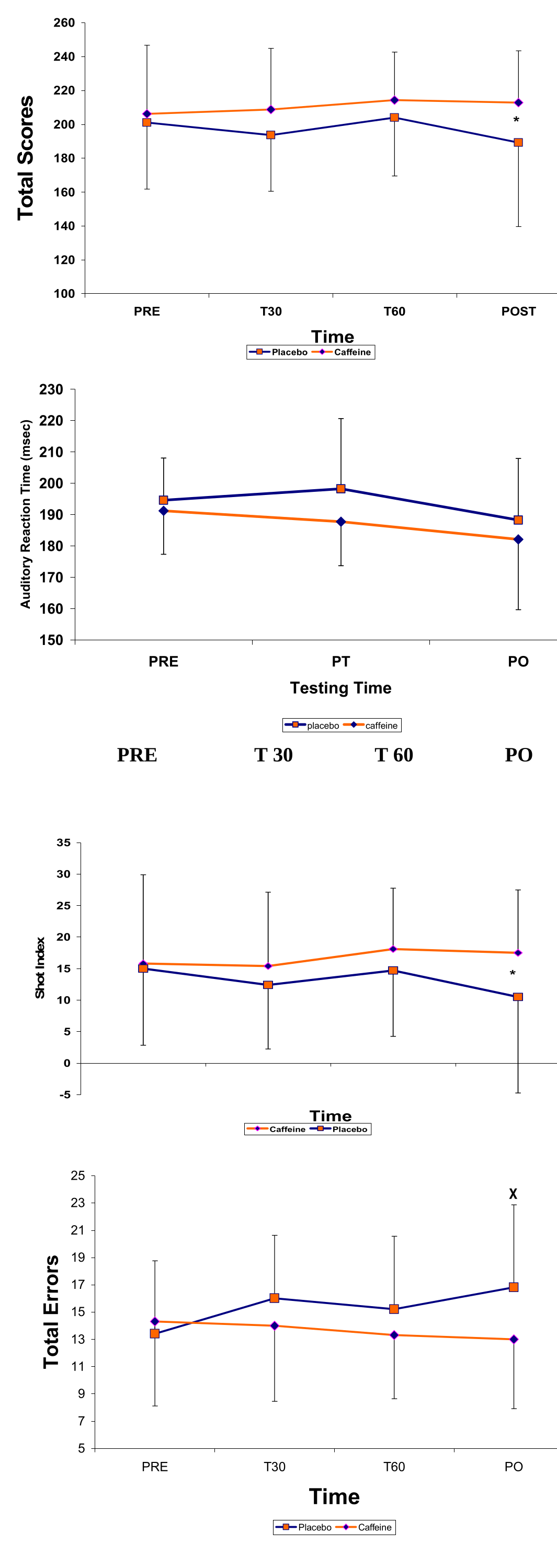
Even a moderate dose of caffeine (3mg/kg, which is about 240mg caffeine for a 175lb person or 200mg caffeine for someone just under 150lbs) can lead to improvements in performance, reaction time, and fewer errors in sports like tennis.[50]
cAMP binds to and activates protein kinase A (PKA),[51] thereby influencing pathways involved in the breakdown (catabolism) and synthesis (anabolism) of molecules such as glucose and fatty acids. For example, cAMP signaling can activate enzymes involved in glycogenolysis[52] (breakdown of glycogen into glucose) and lipolysis (breakdown of fats into fatty acids and glycerol),[53] thereby increasing cellular access to energy substrates.
Additionally, cAMP signaling can also affect mitochondrial function and biogenesis,[54,55] which are crucial for cellular energy production through oxidative phosphorylation.
So, you can think of cAMP as a need-energy-now hormone – upregulating cAMP increases the rate at which organisms burn calories.[56]
Increased cAMP levels also trigger the release of norepinephrine (noradrenaline) and epinephrine (adrenaline), which boosts coronary and skeletal blood flow, and has a powerful endurance-boosting effect by improving lactic acid (lactate) detoxification.[57]
Bottom line – caffeine is an ergogenic aid capable of improving multiple dimensions of athletic performance, including strength, speed, power, and endurance.[46,48,58]
Increases fat burning
Caffeine’s upregulation of cAMP/PKA signaling is particularly good for increasing the rate of lipolysis (fat burning).[58] One study found that caffeine administration can cause your body to burn fat 50% faster,[59] which is a pretty huge effect size. A 2020 meta-analysis on caffeine, looking at 19 different studies, found that caffeine increases lipolysis with doses as small as 3 mg/kg body weight.[60] Of course, you’ll need to pair caffeine with aerobic exercise for the best fat-burning results.
Cognitive effects
Caffeine can also improve attentiveness, alertness, and working memory, while speeding up reaction times.[61-63]
-
Pink Himalayan Salt – 200mg
Pink Himalayan salt is a valuable addition to pre-workout formulas primarily because it replenishes sodium and other electrolytes lost through sweat during exercise.[64,65]
Regarding concerns over high-sodium diets, it’s important to remember that sodium is essential for efficient muscle contractions and overall athletic performance. Himalayan pink salt not only provides a significant amount of sodium, but also includes trace amounts of other minerals and electrolytes.
A 200 milligram dose of this salt delivers about 75 milligrams of sodium, helping with electrolyte balance and hydration without excessively increasing total sodium intake, although monitoring overall consumption is advised. This balance is crucial for optimizing training and recovery.
-
Dynamine (156mg)
Dynamine is a trademarked form of methylliberine, a stimulant alkaloid that occurs naturally in Camellia sinensis (true tea) leaves.[66,67] Just like its close chemical relative caffeine, methylliberine can upregulate dopamine and noradrenaline while decreasing fatigue through adenosine antagonism.[66-69]
Despite being a stimulant, methylliberine does not cause vasoconstriction.[66]
Dynamine is a great ingredient for giving a little extra energy boost, without the downsides that usually accompany stimulant supplements.
-
Theobromine (100mg)
Theobromine is also a methylxanthine alkaloid stimulant. It’s a metabolite of caffeine, but also occurs naturally in the cocoa beans, which are the seeds of the cacao tree (Theobroma cacao). Although there’s not a ton of research on the subject, theobromine has been advanced as one possible explanation for the health benefits linked to cocoa intake.[70]
Again, although research is scarce, the preliminary research that does exist on theobromine is pretty intriguing. One study showed that theobromine administration in mice can increase the production of brain-derived neurotrophic factor (BDNF), thereby improving psychomotor learning performance.[71]
This pro-BDNF effect is linked to one aspect of methylxanthines as a class that we discussed above in the caffeine section of this article – cyclic adenosine monophosphate (cAMP) upregulation via phosphodiesterase downregulation. By elevating cAMP, methylxanthines like theobromine can modulate BDNF signaling through a transcription factor called cAMP-response element-binding protein (CREB).[71,73]
A study in rats found that theobromine administration can significantly increase working memory, as measured by performance on a maze test. Furthermore, researchers actually dissected and analyzed the animals’ brain tissue and found increased concentrations of phosphorylated CaMKII (p-CaMKII), phosphorylated CREB (p-CREB), and BDNF, which supports the theory that theobromine increases BDNF expression through the CaMKII/CREB/BDNF pathway.[73]
All RAW BUM Essential Charged flavors
Conclusion
While the caffeine-dynamine-theobromine trifecta is what really makes Essential Charged stand out, we’re glad to see a bigger dose of tyrosine, which we think is generally underdosed. Evidence suggests the 2-gram dose in BUM Essential Charged is significantly more effective than the standard 1 gram.
Priceplow.com's References
- Morita, Masahiko, et al. “Oral Supplementation with a Combination of L-Citrulline and L-Arginine Rapidly Increases Plasma L-Arginine Concentration and Enhances NO Bioavailability.” Biochemical and Biophysical Research Communications, vol. 454, no. 1, Nov. 2014, pp. 53–57, 10.1016/j.bbrc.2014.10.029; https://www.sciencedirect.com/science/article/pii/S0006291X14018178
- Ochiai, Masayuki, et al; “Short-Term Effects of L-Citrulline Supplementation on Arterial Stiffness in Middle-Aged Men.”; International Journal of Cardiology; U.S. National Library of Medicine; 8 Mar. 2012; https://www.ncbi.nlm.nih.gov/pubmed/21067832
- Agarwal, Umang et al; “Supplemental Citrulline Is More Efficient Than Arginine in Increasing Systemic Arginine Availability in Mice.”; The Journal of nutrition; vol. 147,4; 2017; 596-602; https://www.ncbi.nlm.nih.gov/pmc/articles/PMC5368575/
- Orozco-Gutiérrez JJ, Castillo-Martínez L, Orea-Tejeda A, Vázquez-Díaz O, Valdespino-Trejo A, Narváez-David R, Keirns-Davis C, Carrasco-Ortiz O, Navarro-Navarro A, Sánchez-Santillán R. Effect of L-arginine or L-citrulline oral supplementation on blood pressure and right ventricular function in heart failure patients with preserved ejection fraction. Cardiol J. 2010;17(6):612-8. PMID: 21154265. https://journals.viamedica.pl/cardiology_journal
- Wong A, Alvarez-Alvarado S, Jaime SJ, Kinsey AW, Spicer MT, Madzima TA, Figueroa A. Combined whole-body vibration training and l-citrulline supplementation improves pressure wave reflection in obese postmenopausal women. Appl Physiol Nutr Metab. 2016 Mar;41(3):292-7. doi: 10.1139/apnm-2015-0465; https://cdnsciencepub.com/doi/10.1139/apnm-2015-0465
- Alsop P, Hauton D. Oral nitrate and citrulline decrease blood pressure and increase vascular conductance in young adults: a potential therapy for heart failure. Eur J Appl Physiol. 2016 Sep;116(9):1651-61. doi: 10.1007/s00421-016-3418-7; https://www.ncbi.nlm.nih.gov/pmc/articles/PMC4983290/
- Justice, J M et al. “Endothelial cell regulation of nitric oxide production during hypoxia in coronary microvessels and epicardial arteries.” Journal of cellular physiology vol. 182,3 (2000): 359-65. doi:10.1002/(SICI)1097-4652(200003)182:3<359::AID-JCP6>3.0.CO;2-3 https://onlinelibrary.wiley.com/doi/abs/10.1002/%28SICI%291097-4652%28200003%29182%3A3%3C359%3A%3AAID-JCP6%3E3.0.CO%3B2-3
- Suzuki, Takashi et al. “Oral L-citrulline supplementation enhances cycling time trial performance in healthy trained men: Double-blind randomized placebo-controlled 2-way crossover study.” Journal of the International Society of Sports Nutrition vol. 13 6. 19 Feb. 2016, doi:10.1186/s12970-016-0117-z https://www.ncbi.nlm.nih.gov/pmc/articles/PMC4759860/
- Bailey, Stephen J, et al; “l-Citrulline Supplementation Improves O2 Uptake Kinetics and High-Intensity Exercise Performance in Humans.”; Journal of Applied Physiology (Bethesda, Md. : 1985); U.S. National Library of Medicine; 15 Aug. 2015; https://www.ncbi.nlm.nih.gov/pubmed/26023227
- Pérez-Guisado, Joaquín, and Philip M Jakeman; “Citrulline Malate Enhances Athletic Anaerobic Performance and Relieves Muscle Soreness.”; Journal of Strength and Conditioning Research; U.S. National Library of Medicine; May 2010; https://www.ncbi.nlm.nih.gov/pubmed/20386132
- Sureda A, Córdova A, Ferrer MD, Pérez G, Tur JA, Pons A. L-citrulline-malate influence over branched chain amino acid utilization during exercise. Eur J Appl Physiol. 2010 Sep;110(2):341-51. doi: 10.1007/s00421-010-1509-4; https://link.springer.com/article/10.1007/s00421-010-1509-4
- Breuillard C, Cynober L, Moinard C. Citrulline and nitrogen homeostasis: an overview. Amino Acids. 2015 Apr;47(4):685-91. doi: 10.1007/s00726-015-1932-2; https://link.springer.com/article/10.1007/s00726-015-1932-2
- Jourdan M, Nair KS, Carter RE, Schimke J, Ford GC, Marc J, Aussel C, Cynober L. Citrulline stimulates muscle protein synthesis in the post-absorptive state in healthy people fed a low-protein diet – A pilot study. Clin Nutr. 2015 Jun;34(3):449-56. doi: 10.1016/j.clnu.2014.04.019; https://www.ncbi.nlm.nih.gov/pmc/articles/PMC4309748/
- Bahri S, Zerrouk N, Aussel C, Moinard C, Crenn P, Curis E, Chaumeil JC, Cynober L, Sfar S. Citrulline: from metabolism to therapeutic use. Nutrition. 2013 Mar;29(3):479-84. doi: 10.1016/j.nut.2012.07.002; https://www.sciencedirect.com/science/article/abs/pii/S0899900712002584
- Agarwal, Umang, et al. “Supplemental Citrulline Is More Efficient than Arginine in Increasing Systemic Arginine Availability in Mice123.” The Journal of Nutrition, vol. 147, no. 4, 1 Apr. 2017, pp. 596–602; 10.3945/jn.116.240382; https://academic.oup.com/jn/article/147/4/596/4584706
- Miyake, Mika, et al. “Randomised Controlled Trial of the Effects of L-Ornithine on Stress Markers and Sleep Quality in Healthy Workers.” Nutrition Journal, vol. 13, no. 1, 3 June 2014, 10.1186/1475-2891-13-53; https://nutritionj.biomedcentral.com/articles/10.1186/1475-2891-13-53
- Hill, C. A., et al. “Influence of β-Alanine Supplementation on Skeletal Muscle Carnosine Concentrations and High Intensity Cycling Capacity.” Amino Acids, vol. 32, no. 2, 28 July 2006, pp. 225–233, doi:10.1007/s00726-006-0364-4. https://pubmed.ncbi.nlm.nih.gov/16868650/
- Trexler, E.T., Smith-Ryan, A.E., Stout, J.R. et al.; “International society of sports nutrition position stand: Beta-Alanine.”; J Int Soc Sports Nutr 12, 30 (2015); https://jissn.biomedcentral.com/articles/10.1186/s12970-015-0090-y
- Gardner, M. L., et al. “Intestinal Absorption of the Intact Peptide Carnosine in Man, and Comparison with Intestinal Permeability to Lactulose.” The Journal of Physiology, vol. 439, 1 Aug. 1991, pp. 411–422, doi:10.1113/jphysiol.1991.sp018673. https://www.ncbi.nlm.nih.gov/pmc/articles/PMC1180115/
- Hobson, R M et al. “Effects of β-alanine supplementation on exercise performance: a meta-analysis.” Amino acids vol. 43,1 (2012): 25-37. doi:10.1007/s00726-011-1200-z; https://www.ncbi.nlm.nih.gov/pmc/articles/PMC3374095/
- Saunders, Bryan, et al. “β-Alanine Supplementation to Improve Exercise Capacity and Performance: A Systematic Review and Meta-Analysis.” British Journal of Sports Medicine, vol. 51, no. 8, 18 Oct. 2016, pp. 658–669; https://bjsm.bmj.com/content/51/8/658.long
- Huerta Ojeda, Álvaro, et al. “Effects of Beta-Alanine Supplementation on Physical Performance in Aerobic–Anaerobic Transition Zones: A Systematic Review and Meta-Analysis.” Nutrients, vol. 12, no. 9, 19 Aug. 2020, p. 2490, doi:10.3390/nu12092490. https://www.ncbi.nlm.nih.gov/pmc/articles/PMC7551186/
- Stout JR, et al; “Effects of twenty-eight days of beta-alanine and creatine monohydrate supplementation on the physical working capacity at neuromuscular fatigue threshold”; J Strength & Cond Research; 2006 20(4): 928−931; https://www.ncbi.nlm.nih.gov/pubmed/17194255
- Mishra, Akanksha, et al. “Physiological and Functional Basis of Dopamine Receptors and Their Role in Neurogenesis: Possible Implication for Parkinson’s Disease.” Journal of Experimental Neuroscience, vol. 12, Jan. 2018, p. 117906951877982, 10.1177/1179069518779829. https://www.ncbi.nlm.nih.gov/pmc/articles/PMC5985548/
- Rajeev Dalal, and Dejan Grujic. “Epinephrine.” Nih.gov, StatPearls Publishing, 2 Apr. 2019. https://www.ncbi.nlm.nih.gov/books/NBK482160/
- Smith, Matthew D, and Christopher V Maani. “Norepinephrine.” Nih.gov, StatPearls Publishing, 23 July 2019. https://www.ncbi.nlm.nih.gov/books/NBK537259/
- Ans, Armghan H, et al. “Neurohormonal Regulation of Appetite and Its Relationship with Stress: A Mini Literature Review.” Cureus, 23 July 2018, 10.7759/cureus.3032. https://www.ncbi.nlm.nih.gov/pmc/articles/PMC6150743/
- Ríos-Prego, Mónica et al. “Relationship between thyroid dysfunction and body weight: a not so evident paradigm.” International journal of general medicine vol. 12 299-304. 23 Aug. 2019, doi:10.2147/IJGM.S206983 https://www.ncbi.nlm.nih.gov/pmc/articles/PMC6711558/
- Rousset, Bernard, et al. “Chapter 2 Thyroid Hormone Synthesis and Secretion.” Nih.gov, MDText.com, Inc., 2 Sept. 2015. https://www.ncbi.nlm.nih.gov/books/NBK285550/
- Mullur, Rashmi, et al. “Thyroid Hormone Regulation of Metabolism.” Physiological Reviews, vol. 94, no. 2, Apr. 2014, pp. 355–382, 10.1152/physrev.00030.2013. https://www.ncbi.nlm.nih.gov/pmc/articles/PMC4044302/
- Sanyal, Debmalya, and Moutusi Raychaudhuri. “Hypothyroidism and obesity: An intriguing link.” Indian journal of endocrinology and metabolism vol. 20,4 (2016): 554-7. doi:10.4103/2230-8210.183454 https://www.ncbi.nlm.nih.gov/pmc/articles/PMC4911848/
- Fontana, Luigi et al. “Effect of long-term calorie restriction with adequate protein and micronutrients on thyroid hormones.” The Journal of clinical endocrinology and metabolism vol. 91,8 (2006): 3232-5. doi:10.1210/jc.2006-0328 https://academic.oup.com/jcem/article-lookup/doi/10.1210/jc.2006-0328
- Attipoe, Selasi, et al. “Tyrosine for Mitigating Stress and Enhancing Performance in Healthy Adult Humans, a Rapid Evidence Assessment of the Literature.” Military Medicine, vol. 180, no. 7, July 2015, pp. 754–765, 10.7205/milmed-d-14-00594; https://academic.oup.com/milmed/article/180/7/754/4160625
- Pomeroy, Diane E., et al. “A Systematic Review of the Effect of Dietary Supplements on Cognitive Performance in Healthy Young Adults and Military Personnel.” Nutrients, vol. 12, no. 2, 20 Feb. 2020, p. 545, 10.3390/nu12020545; https://www.ncbi.nlm.nih.gov/pmc/articles/PMC7071459/
- Marcus L, et al; “Evaluation of the effects of two doses of alpha glycerylphosphorylcholine on physical and psychomotor performance;” J Int Soc Sports Nutr; 2017;14:39; https://www.ncbi.nlm.nih.gov/pmc/articles/PMC5629791/
- Tamura, Yasuhisa et al. “Alpha-Glycerylphosphorylcholine Increases Motivation in Healthy Volunteers: A Single-Blind, Randomized, Placebo-Controlled Human Study.” Nutrients vol. 13,6 2091. 18 Jun. 2021, doi:10.3390/nu13062091 https://www.ncbi.nlm.nih.gov/pmc/articles/PMC8235064/
- Parnetti, L et al. “Multicentre study of l-alpha-glyceryl-phosphorylcholine vs ST200 among patients with probable senile dementia of Alzheimer’s type.” Drugs & aging vol. 3,2 (1993): 159-64. doi:10.2165/00002512-199303020-00006 https://link.springer.com/article/10.2165/00002512-199303020-00006
- De Jesus Moreno Moreno, Maria. “Cognitive improvement in mild to moderate Alzheimer’s dementia after treatment with the acetylcholine precursor choline alfoscerate: a multicenter, double-blind, randomized, placebo-controlled trial.” Clinical therapeutics vol. 25,1 (2003): 178-93. doi:10.1016/s0149-2918(03)90023-3 https://www.clinicaltherapeutics.com/article/S0149-2918(03)90023-3/abstract
- Barbagallo Sangiorgi, G et al. “alpha-Glycerophosphocholine in the mental recovery of cerebral ischemic attacks. An Italian multicenter clinical trial.” Annals of the New York Academy of Sciences vol. 717 (1994): 253-69. doi:10.1111/j.1749-6632.1994.tb12095.x. https://nyaspubs.onlinelibrary.wiley.com/doi/abs/10.1111/j.1749-6632.1994.tb12095.x
- Parnetti, L et al. “Choline alphoscerate in cognitive decline and in acute cerebrovascular disease: an analysis of published clinical data.” Mechanisms of ageing and development vol. 122,16 (2001): 2041-55. doi:10.1016/s0047-6374(01)00312-8. https://www.sciencedirect.com/science/article/abs/pii/S0047637401003128
- Lee, Song Hee et al. “Late treatment with choline alfoscerate (l-alpha glycerylphosphorylcholine, α-GPC) increases hippocampal neurogenesis and provides protection against seizure-induced neuronal death and cognitive impairment.” Brain research vol. 1654,Pt A (2017): 66-76. doi:10.1016/j.brainres.2016.10.011 https://www.sciencedirect.com/science/article/abs/pii/S0006899316307041
- Tőkés, Tünde et al. “Protective effects of L-alpha-glycerylphosphorylcholine on ischaemia-reperfusion-induced inflammatory reactions.” European journal of nutrition vol. 54,1 (2015): 109-18. doi:10.1007/s00394-014-0691-2 https://link.springer.com/article/10.1007/s00394-014-0691-2
- Graham, T. E., and L. L. Spriet. “Performance and Metabolic Responses to a High Caffeine Dose during Prolonged Exercise.” Journal of Applied Physiology, vol. 71, no. 6, Dec. 1991, pp. 2292–2298, doi:10.1152/jappl.1991.71.6.2292; https://pubmed.ncbi.nlm.nih.gov/1778925/
- Ikeda-Murakami K, Tani N, Ikeda T, Aoki Y, Ishikawa T. Central Nervous System Stimulants Limit Caffeine Transport at the Blood-Cerebrospinal Fluid Barrier. Int J Mol Sci. 2022 Feb 7;23(3):1862. doi: 10.3390/ijms23031862. PMID: 35163784; PMCID: PMC8836437. https://www.ncbi.nlm.nih.gov/pmc/articles/PMC8836437/
- Huang, Zhi-Li et al. “Roles of adenosine and its receptors in sleep-wake regulation.” International review of neurobiology vol. 119 (2014): 349-71. doi:10.1016/B978-0-12-801022-8.00014-3 https://www.sciencedirect.com/science/article/abs/pii/B9780128010228000143
- Cappelletti, Simone et al. “Caffeine: cognitive and physical performance enhancer or psychoactive drug?.” Current neuropharmacology vol. 13,1 (2015): 71-88. doi:10.2174/1570159X13666141210215655; https://www.ncbi.nlm.nih.gov/pmc/articles/PMC4462044/
- Nehlig A, Daval JL, Debry G.; “Caffeine and the central nervous system: mechanisms of action, biochemical, metabolic and psychostimulant effects”; Brain Res Rev. 1992;17(2):139-170; https://www.sciencedirect.com/science/article/abs/pii/016501739290012B
- Goldstein, E.R., Ziegenfuss, T., Kalman, D. et al.; “International society of sports nutrition position stand: caffeine and performance”; J Int Soc Sports Nutr 7, 5 (2010); https://link.springer.com/article/10.1186/1550-2783-7-5
- Diepvens, K et al; “Obesity and thermogenesis related to the consumption of caffeine, ephedrine, capsaicin, and green tea;” American Journal of Physiology; 2007; https://journals.physiology.org/doi/full/10.1152/ajpregu.00832.2005
- Strecker, Estevam. “The Effect of Caffeine Ingestion on Tennis Skill Performance and Hydration Status.” Auburn University; 15 May 2007; https://etd.auburn.edu//handle/10415/799
- Nedvetsky, Pavel I et al. “cAMP-dependent protein kinase A (PKA) regulates angiogenesis by modulating tip cell behavior in a Notch-independent manner.” Development (Cambridge, England) vol. 143,19 (2016): 3582-3590. doi:10.1242/dev.134767 https://www.ncbi.nlm.nih.gov/pmc/articles/PMC5087612/
- Sutherland, E W, and G A Robison. “The role of cyclic AMP in the control of carbohydrate metabolism.” Diabetes vol. 18,12 (1969): 797-819. doi:10.2337/diab.18.12.797 https://diabetesjournals.org/diabetes/article/18/12/797/3053/The-Role-of-Cyclic-AMP-in-the-Control-of
- Grabner, Gernot F et al. “Lipolysis: cellular mechanisms for lipid mobilization from fat stores.” Nature metabolism vol. 3,11 (2021): 1445-1465. doi:10.1038/s42255-021-00493-6 https://www.nature.com/articles/s42255-021-00493-6
- Valsecchi, Federica et al. “cAMP and mitochondria.” Physiology (Bethesda, Md.) vol. 28,3 (2013): 199-209. doi:10.1152/physiol.00004.2013 https://www.ncbi.nlm.nih.gov/pmc/articles/PMC3870303/
- Ould Amer, Yasmine, and Etienne Hebert-Chatelain. “Mitochondrial cAMP-PKA signaling: What do we really know?.” Biochimica et biophysica acta. Bioenergetics vol. 1859,9 (2018): 868-877. doi:10.1016/j.bbabio.2018.04.005 https://www.sciencedirect.com/science/article/pii/S0005272818300793
- Clark, Kathryn S et al. “Caffeine enhances activity thermogenesis and energy expenditure in rats.” Clinical and experimental pharmacology & physiology vol. 46,5 (2019): 475-482. doi:10.1111/1440-1681.13065 https://www.ncbi.nlm.nih.gov/pmc/articles/PMC6467726/
- Hussain, Nabeel. “The Effect of Caffeine on Athletic Performance.” Biomedical Journal of Scientific & Technical Research, vol. 44, no. 1, 27 May 2022, biomedres.us/pdfs/BJSTR.MS.ID.007008.pdf, https://doi.org/10.26717/bjstr.2022.44.007008
- Burke, Louise M. “Caffeine and Sports Performance.” Applied Physiology, Nutrition, and Metabolism, vol. 33, no. 6, Dec. 2008, pp. 1319–1334, doi:10.1139/h08-130. https://cdnsciencepub.com/doi/10.1139/H08-130
- Norager, C B, et al; “Metabolic Effects of Caffeine Ingestion and Physical Work in 75-Year Old Citizens. A Randomized, Double-Blind, Placebo-Controlled, Cross-over Study.”; Clinical Endocrinology; U.S. National Library of Medicine; Aug. 2006; https://onlinelibrary.wiley.com/doi/10.1111/j.1365-2265.2006.02579.x
- Collado-Mateo D, Lavín-Pérez AM, Merellano-Navarro E, Coso JD. Effect of Acute Caffeine Intake on the Fat Oxidation Rate during Exercise: A Systematic Review and Meta-Analysis. Nutrients. 2020 Nov 24;12(12):3603. doi: 10.3390/nu12123603. PMID: 33255240; PMCID: PMC7760526. https://www.ncbi.nlm.nih.gov/pmc/articles/PMC7760526/
- Kahathuduwa, Chanaka N., et al. “Acute Effects of Theanine, Caffeine and Theanine–Caffeine Combination on Attention.” Nutritional Neuroscience, vol. 20, no. 6, 12 Feb. 2016, pp. 369–377, doi:10.1080/1028415x.2016.1144845. https://www.tandfonline.com/doi/abs/10.1080/1028415X.2016.1144845
- McLellan, Tom M. “A Review of Caffeine’s Effects on Cognitive, Physical and Occupational Performance.” Neuroscience & Biobehavioral Reviews, vol. 71, no. 1, Dec. 2016, pp. 294–312, doi:10.1016/j.neubiorev.2016.09.001. https://www.sciencedirect.com/science/article/pii/S0149763416300690
- Klaassen, Elissa B., et al. “The Effect of Caffeine on Working Memory Load-Related Brain Activation in Middle-Aged Males.” Neuropharmacology, vol. 64, Jan. 2013, pp. 160–167, doi:10.1016/j.neuropharm.2012.06.026. https://www.sciencedirect.com/science/article/abs/pii/S0028390812002845
- Strazzullo P., Leclercq C.; “Sodium.” Advanced Nutrition; March 2014; 5(2) 188-190; https://www.ncbi.nlm.nih.gov/pmc/articles/PMC3951800/
- Valentine, V. 2007. “The Importance of Salt in the Athlete’s Diet.” Current Sports Medicine Reports vol. 6,4 (2007): 237-40. https://pubmed.ncbi.nlm.nih.gov/17617999/
- Petermann, Josef, et al. “A New Tetramethyluric Acid from Coffea Leberica and C. Dewevrei.” Phytochemistry, vol. 16, no. 5, Jan. 1977, pp. 620–621, doi:10.1016/0031-9422(77)80039-3. https://www.sciencedirect.com/science/article/abs/pii/0031942277800393
- Wanner, Hans, et al. “O(2),1,9-Trimethyluric Acid and 1,3,7,9-Tetramethyluric Acid in Leaves of Different Coffea Species.” Phytochemistry, vol. 14, no. 3, Mar. 1975, pp. 747–750, doi:10.1016/0031-9422(75)83027-5. https://www.sciencedirect.com/science/article/abs/pii/0031942275830275
- Murbach, TS et al; “A Toxicological Evaluation of Methylliberine (Dynamine®)”; Journal of Toxicology; 2019; https://www.hindawi.com/journals/jt/2019/4981420/
- VanDusseldorp, TA et al; “Effect of Dynamine® With and Without TeaCrine® Over Four Weeks of Continuous Use on Cardiovascular Function and Psychometric Parameters of Healthy Males and Females”; Nutrients; 2020; https://www.researchgate.net/publication/339655396_Safety_of_Short-Term_Supplementation_with_Methylliberine_DynamineR_Alone_and_in_Combination_with_TeaCrineR_in_Young_Adults
- MartÃnez-Pinilla, Eva, et al. “The Relevance of Theobromine for the Beneficial Effects of Cocoa Consumption.” Frontiers in Pharmacology, vol. 6, 20 Feb. 2015, doi:10.3389/fphar.2015.00030. https://www.ncbi.nlm.nih.gov/pmc/articles/PMC4335269/
- Islam, Rafiad, et al. “Theobromine Improves Working Memory by Activating the CaMKII/CREB/BDNF Pathway in Rats.” Nutrients, vol. 11, no. 4, 20 Apr. 2019, p. 888, doi:10.3390/nu11040888. https://www.ncbi.nlm.nih.gov/pmc/articles/PMC6520707/
- Baggott, Matthew J., et al. “Psychopharmacology of Theobromine in Healthy Volunteers.” Psychopharmacology, vol. 228, no. 1, 19 Feb. 2013, pp. 109–118, 10.1007/s00213-013-3021-0; https://www.ncbi.nlm.nih.gov/pmc/articles/PMC3672386/
- Yoneda, Mitsugu, et al. “Theobromine Up-Regulates Cerebral Brain-Derived Neurotrophic Factor and Facilitates Motor Learning in Mice.” The Journal of Nutritional Biochemistry, vol. 39, Jan. 2017, pp. 110–116, doi:10.1016/j.jnutbio.2016.10.002. https://www.sciencedirect.com/science/article/abs/pii/S095528631630105X
You may also like
Recently viewed
Top 25 Preworkouts
Shop Top 25Save 14%


Panda Supps
Black Magic X Panda | Sinister (Savage) Pre-Workout
Sale price$59.95
Regular price$69.99
Save 8%


Panda Supps
Panda Supps X Merica Labz | First Blood | Loaded Pre-workout
Sale price$59.95
Regular price$64.95
Save 38%
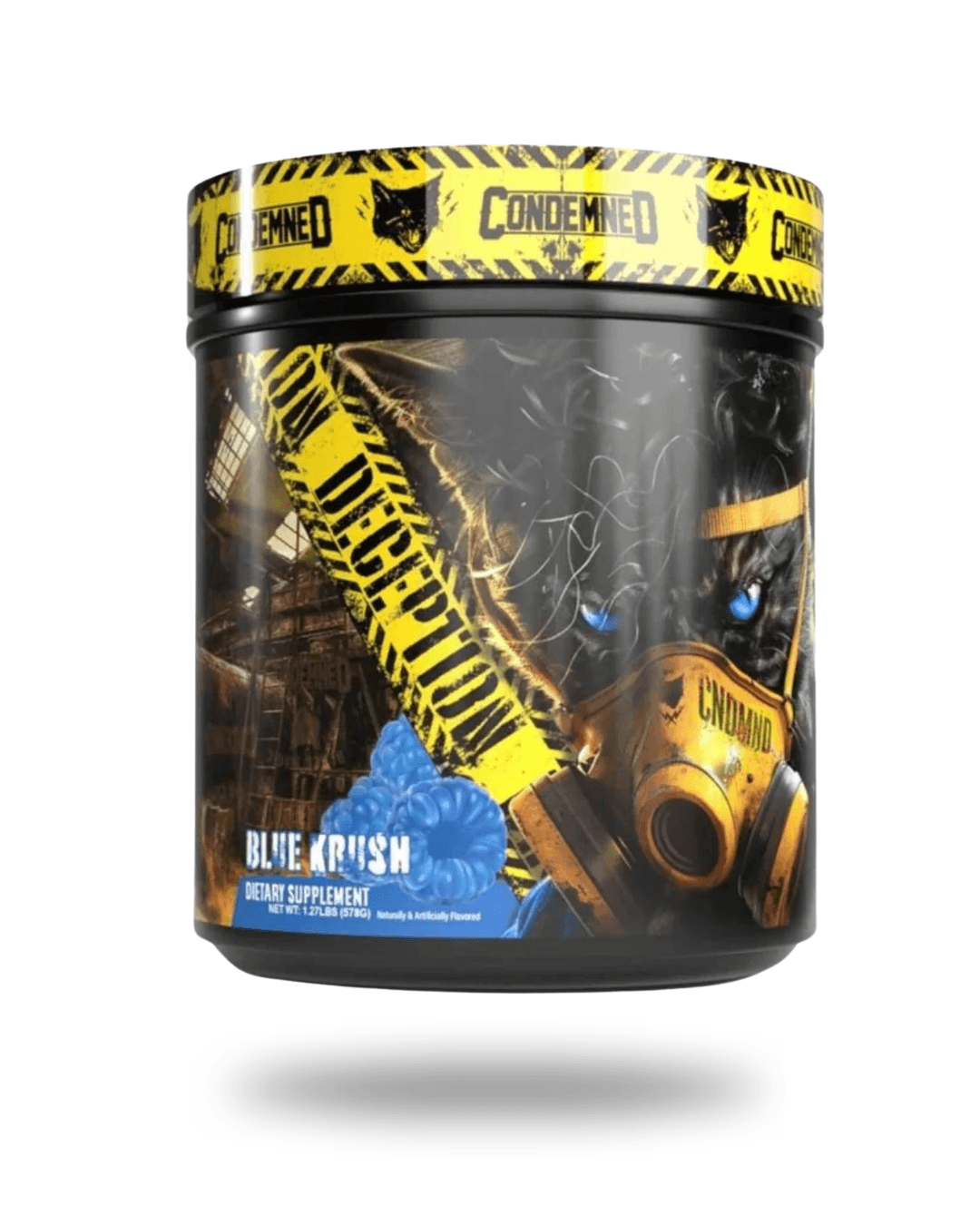
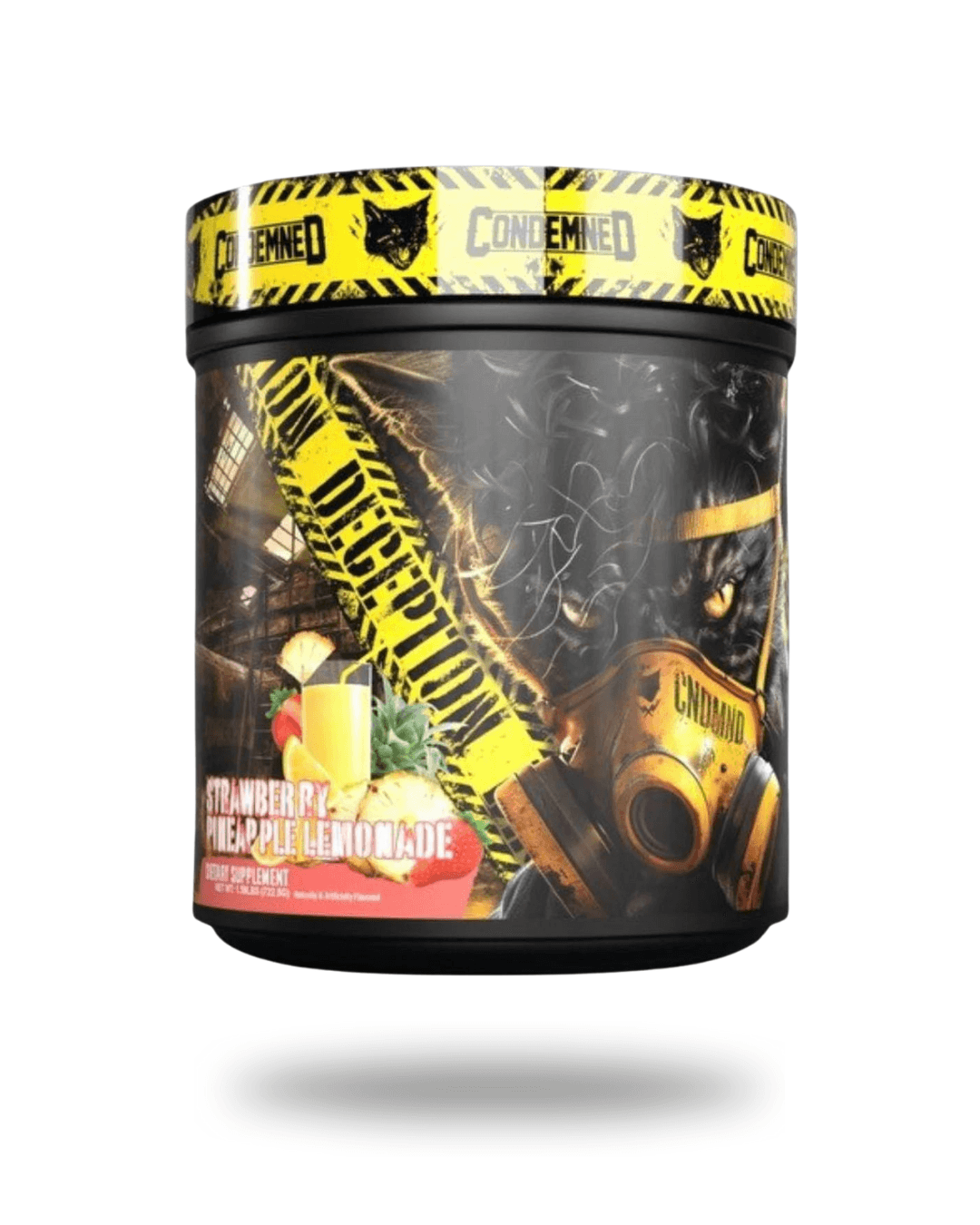
Black Magic Supply
Black Magic X Condemned | Deception | Loaded Pre-workout
Sale price$37.00
Regular price$59.99
Save 17%
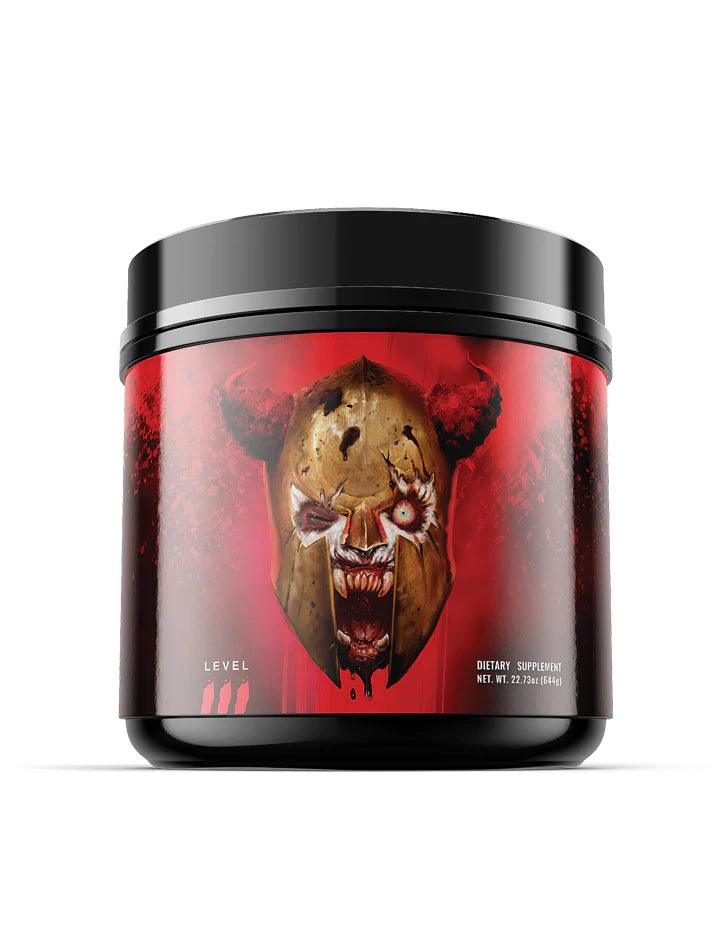
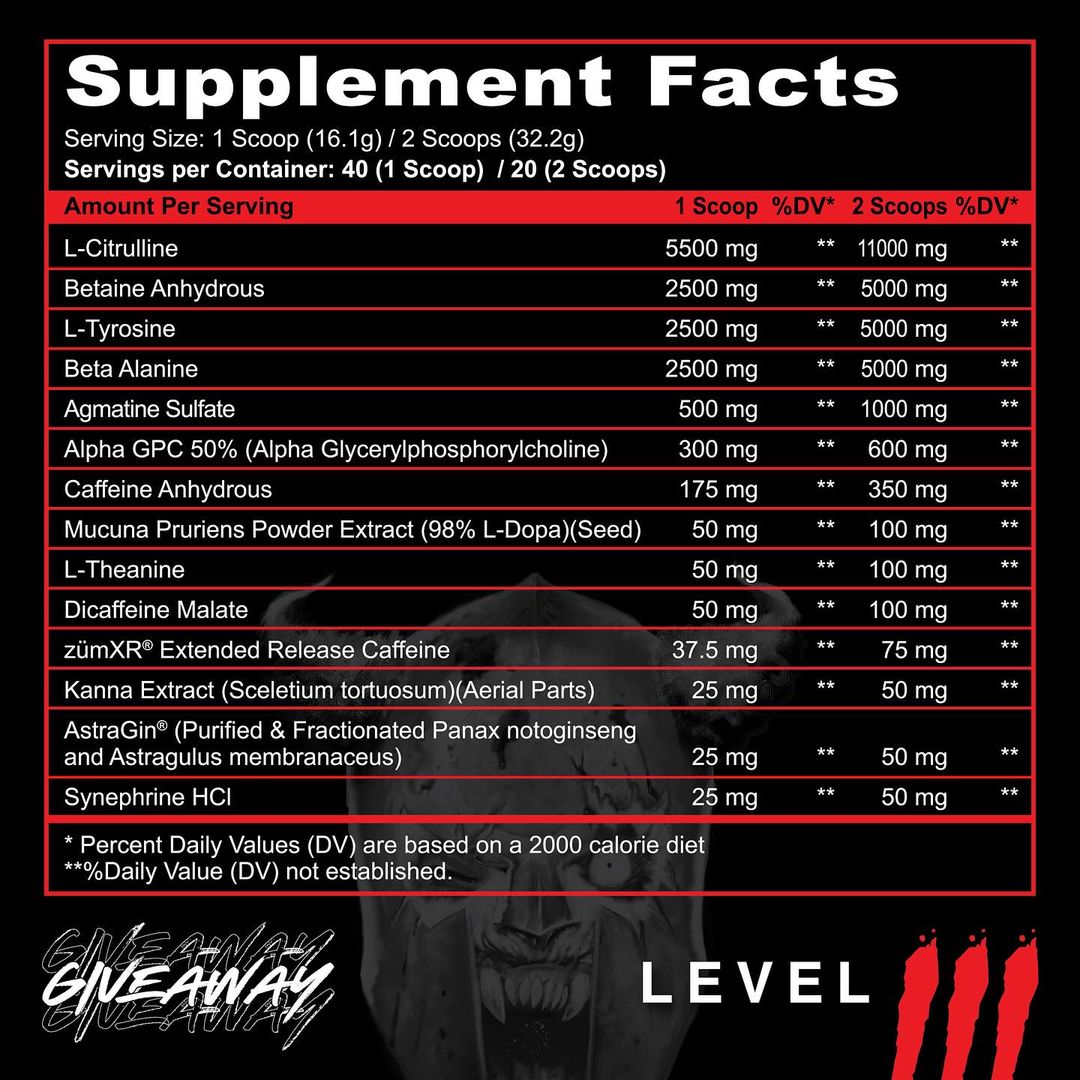
Panda Supps
Panda Supps x V1 Nutra | Pandamus | Level 3 (High-Stim Pre)
Sale price$49.95
Regular price$59.95
Accessories
Save 33%


Panda Supps
Panda Supps | Premium Leather COLOR Patch Snap Back Hat
Sale price$29.95
Regular price$44.95

